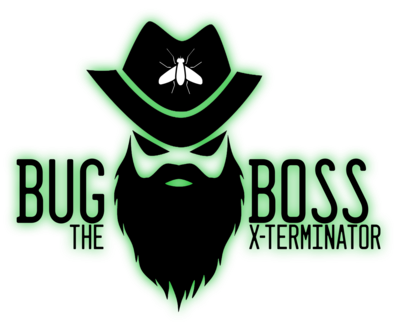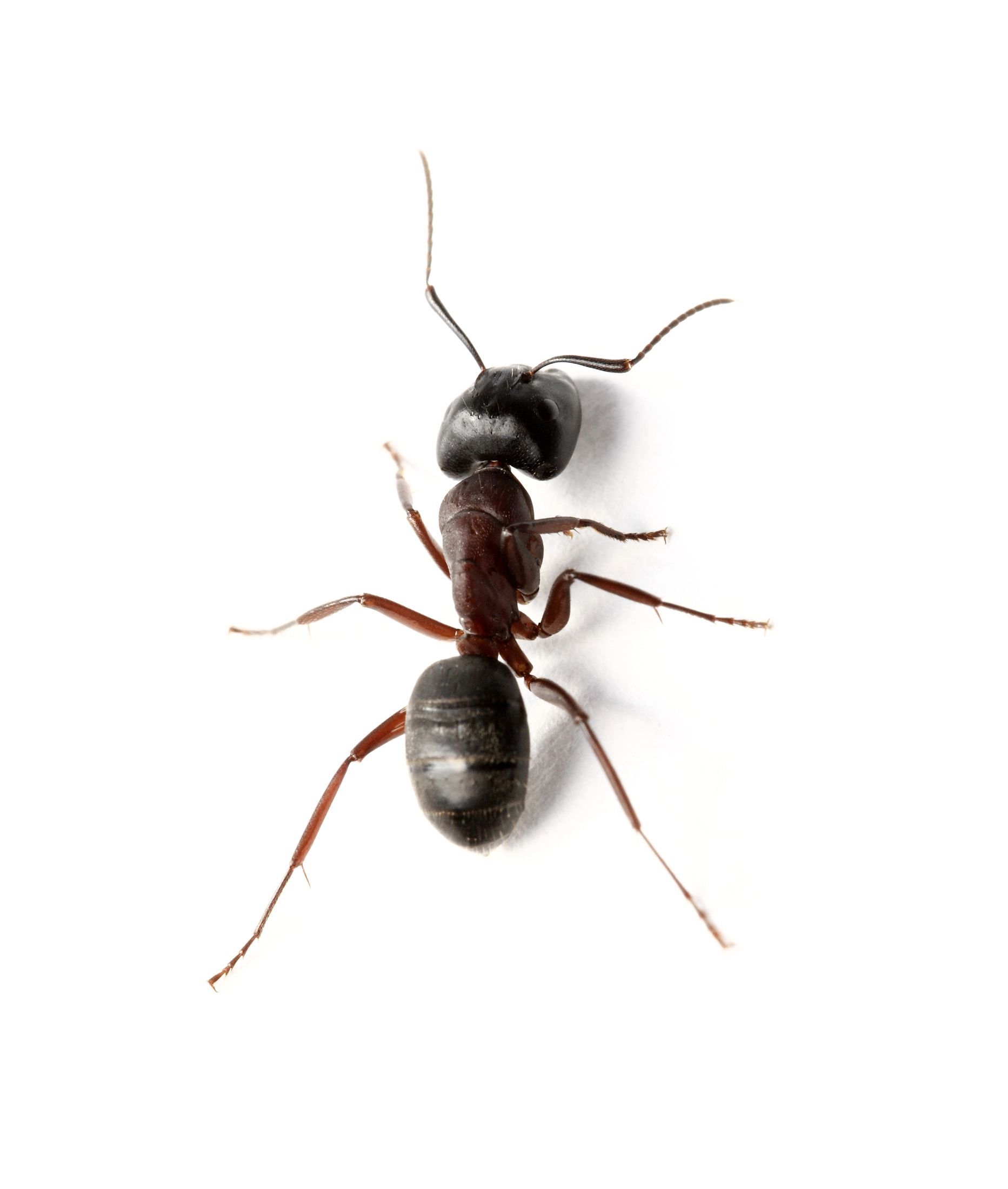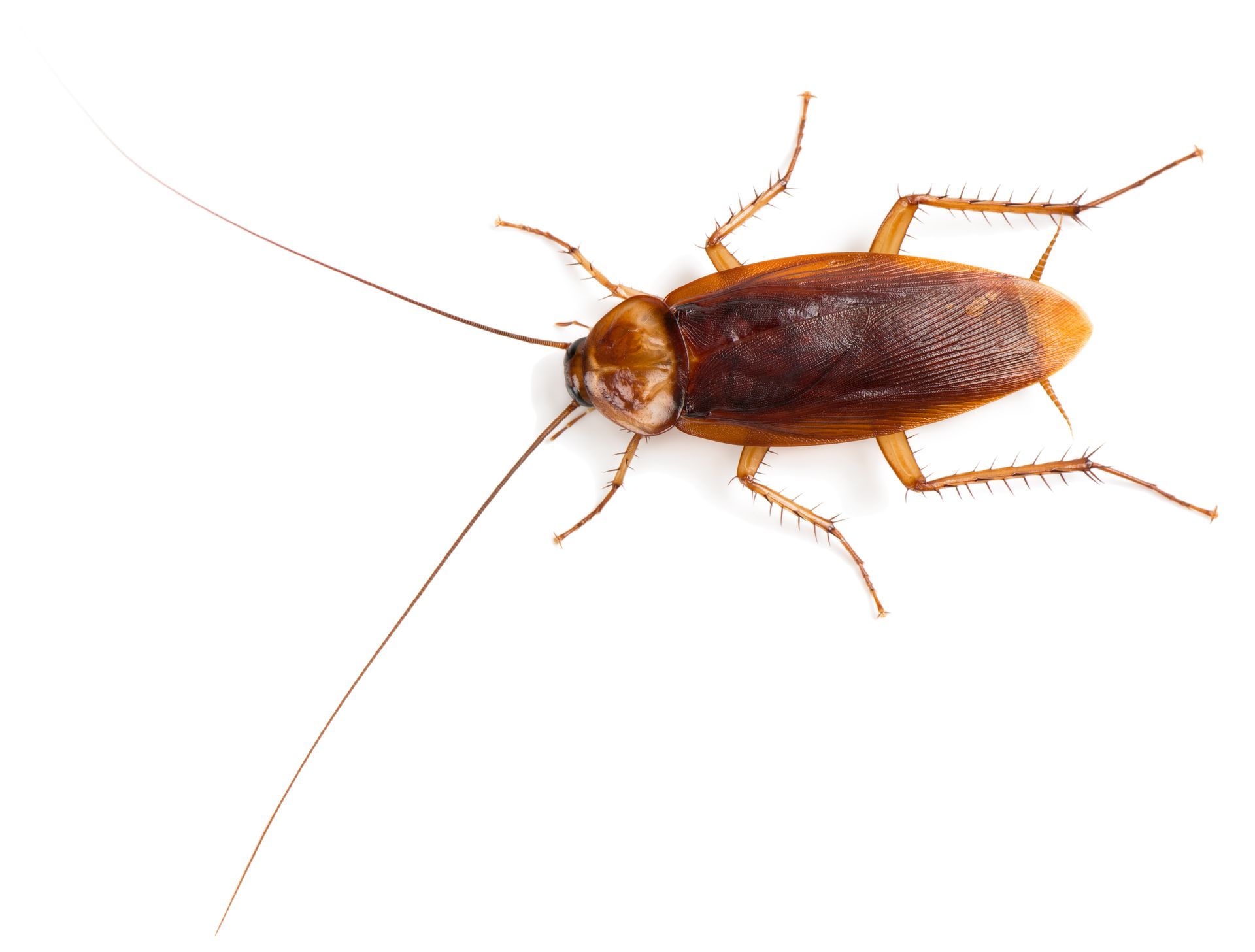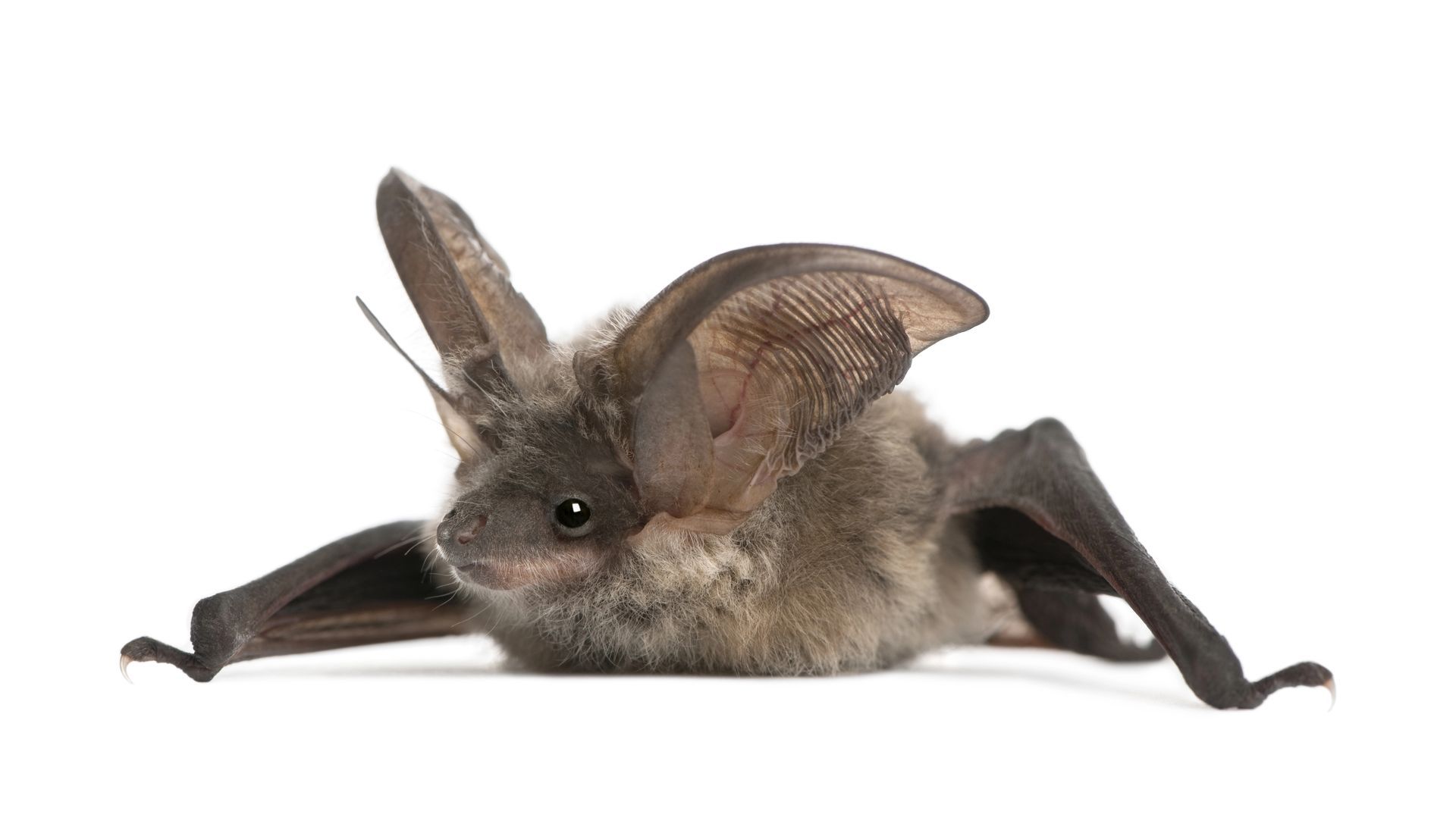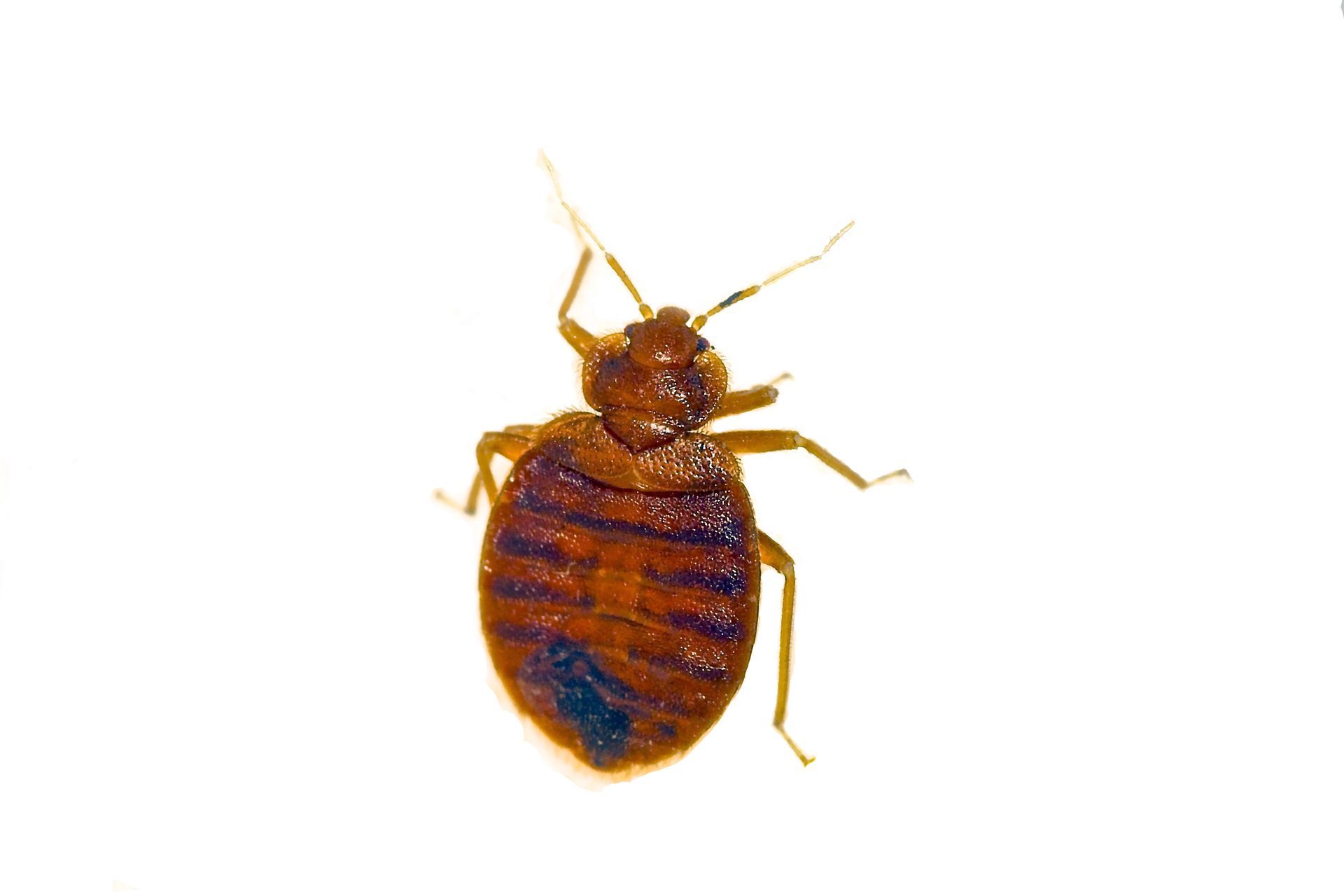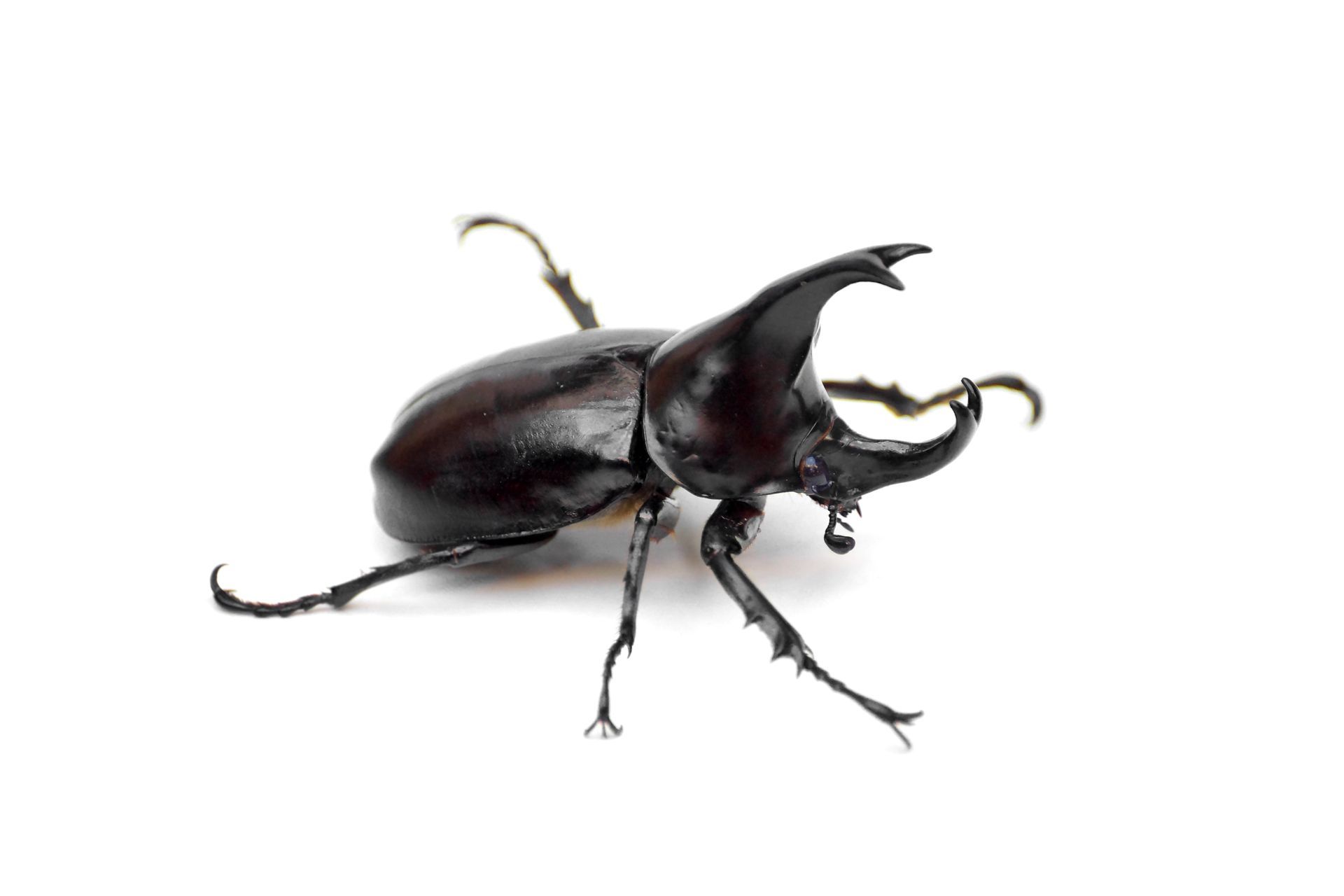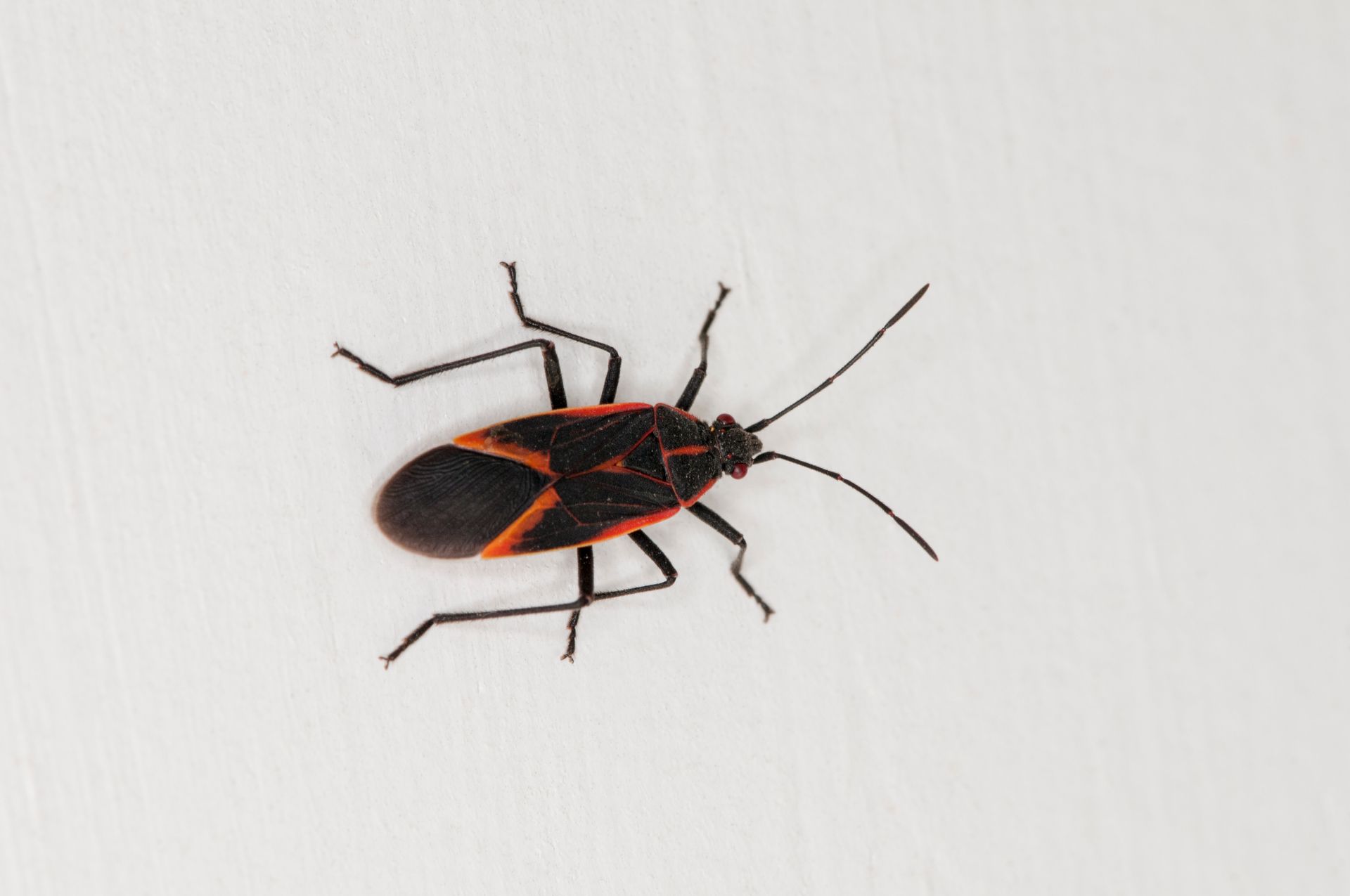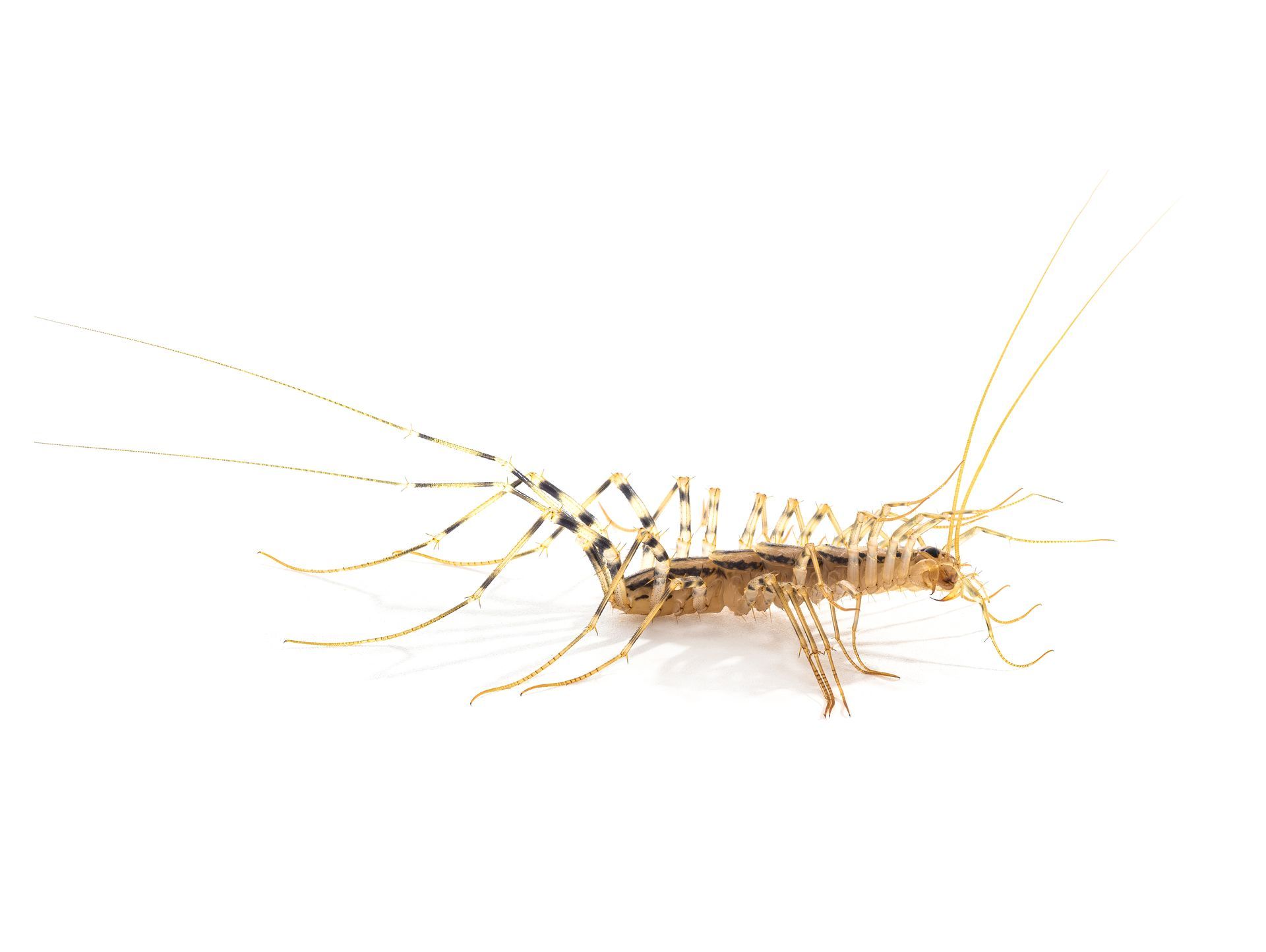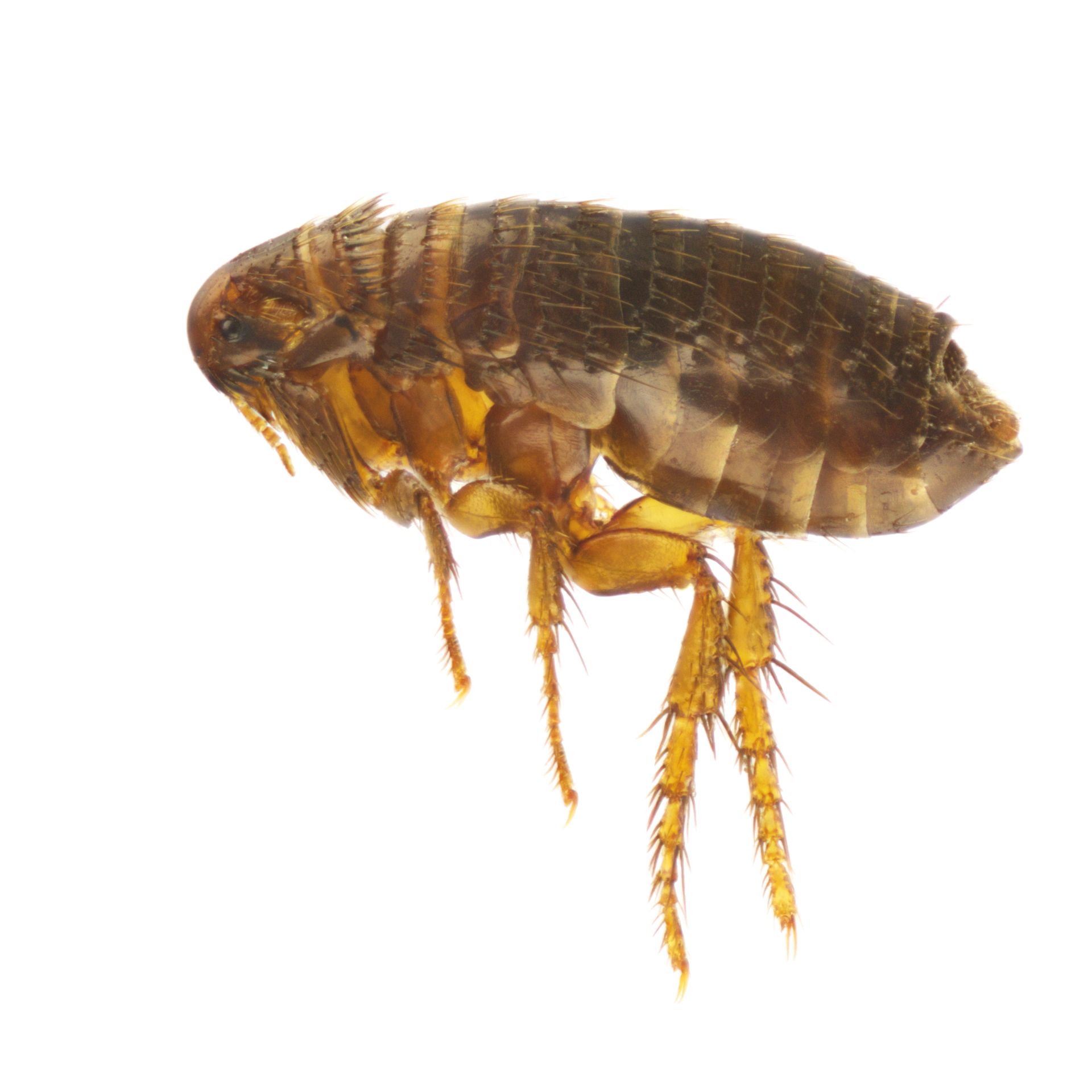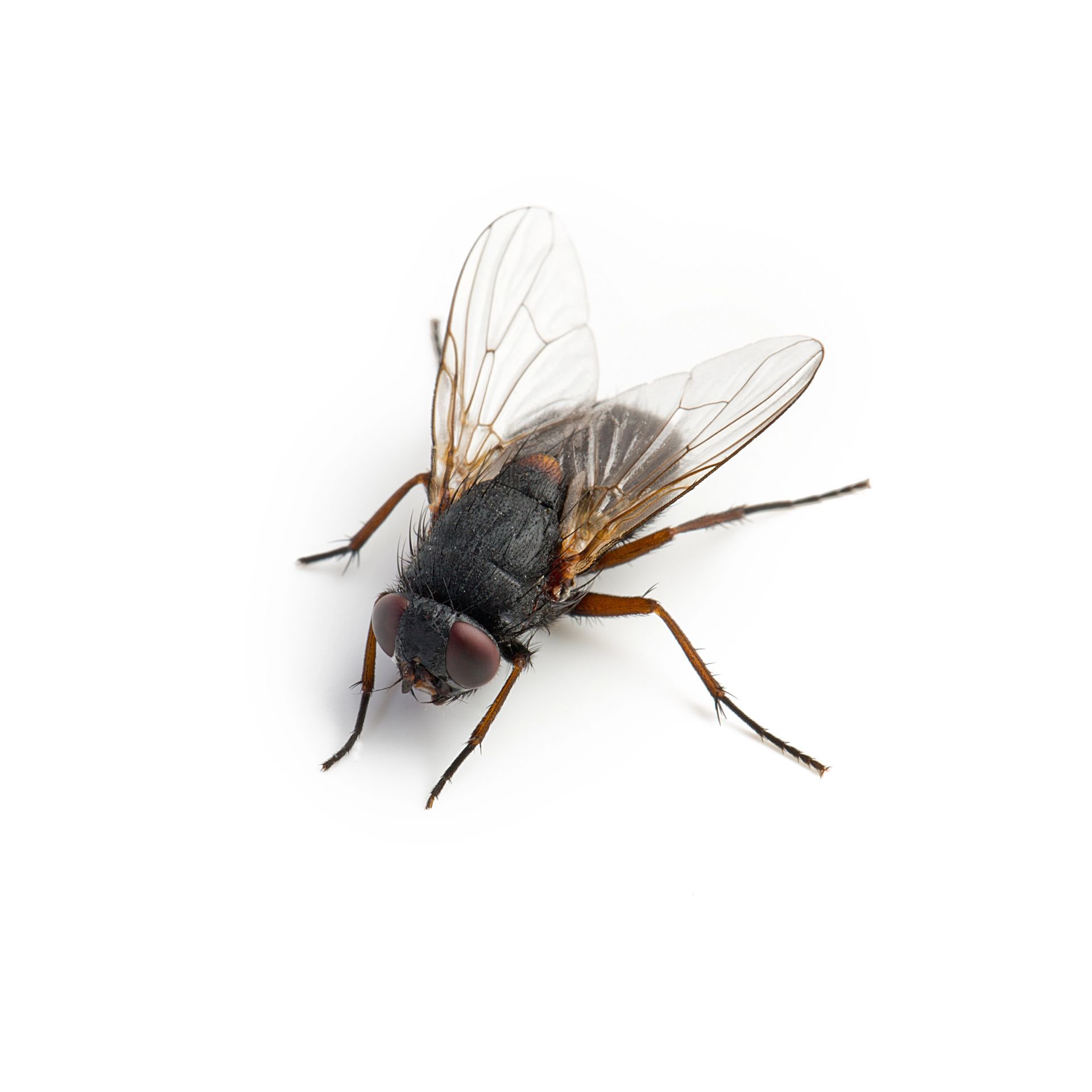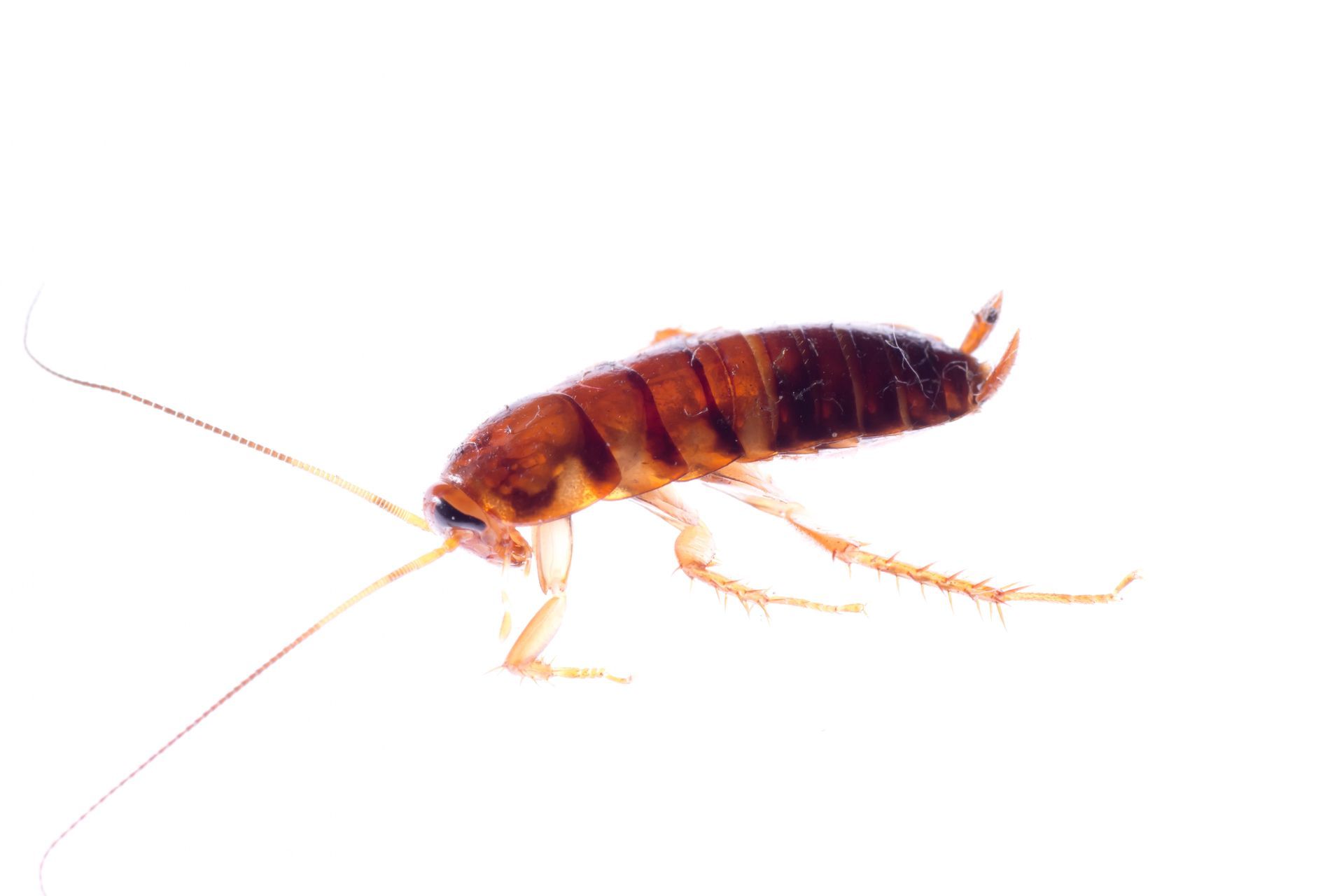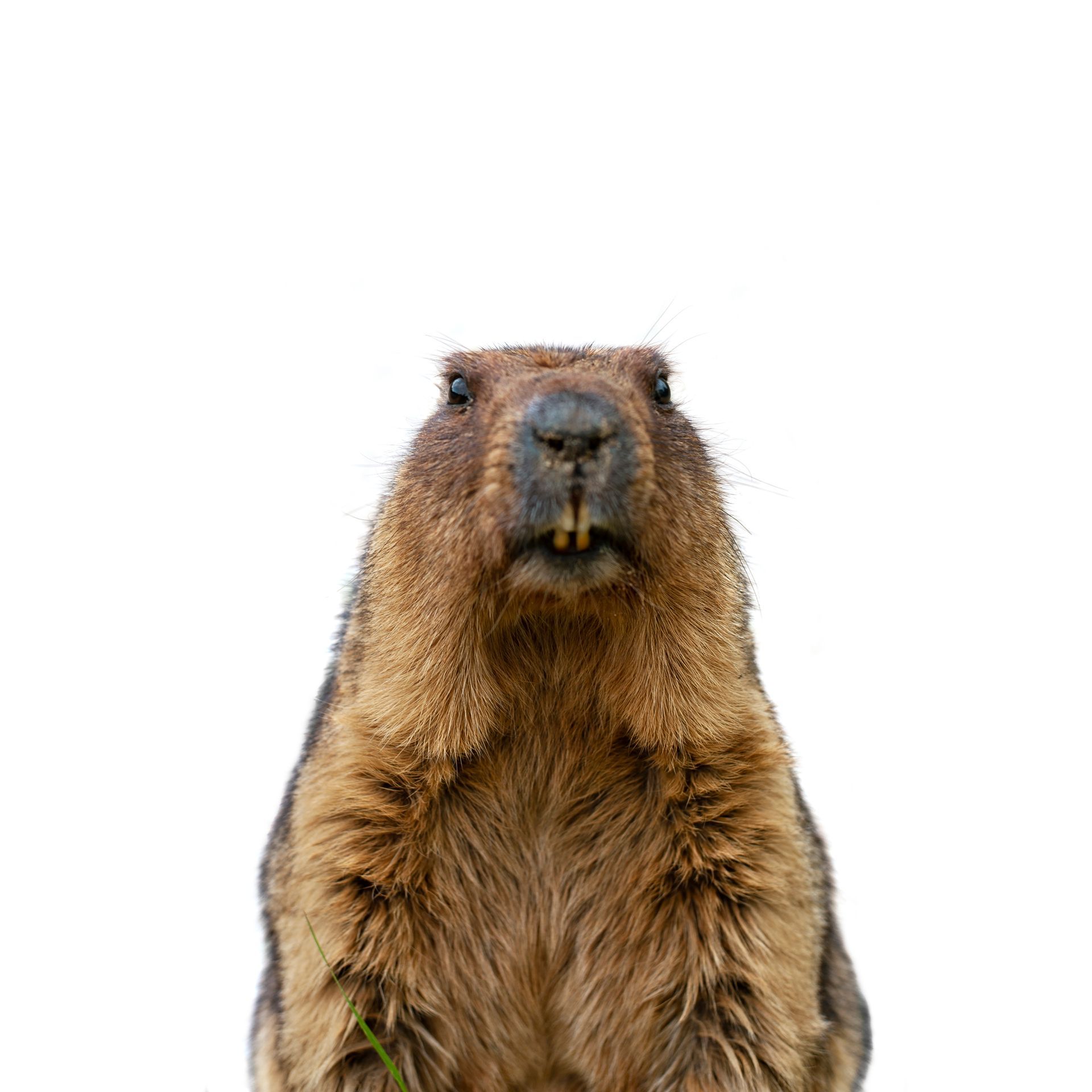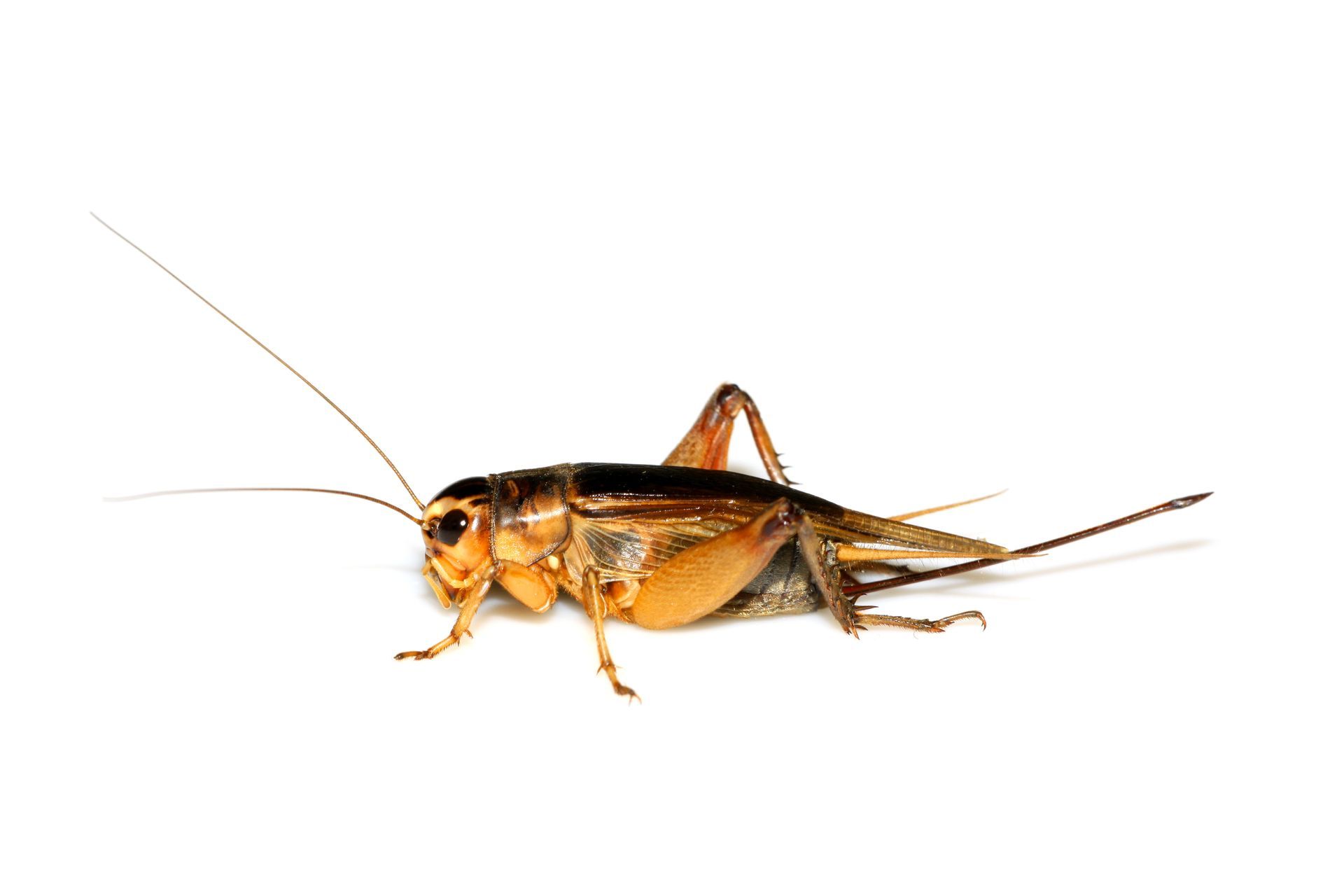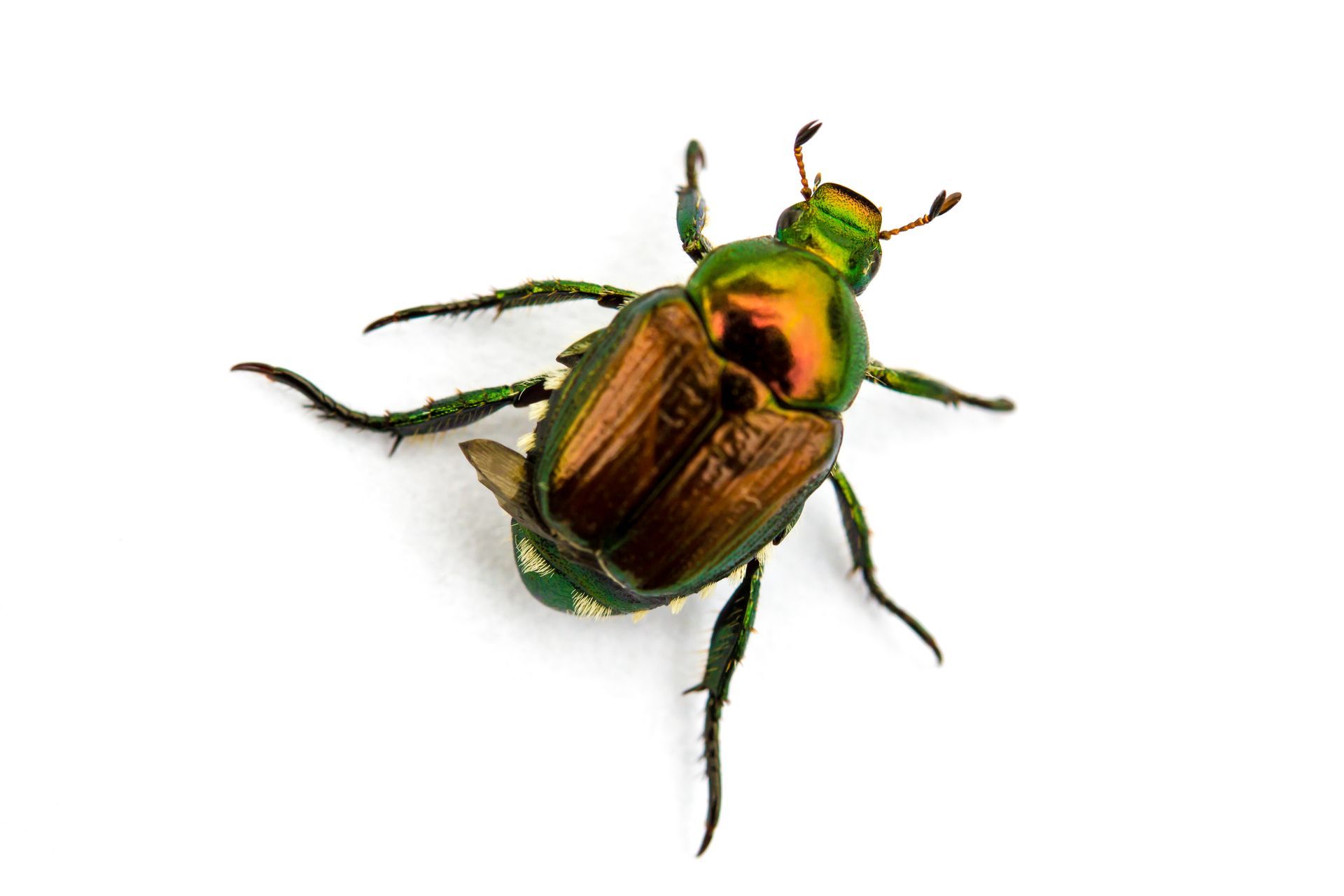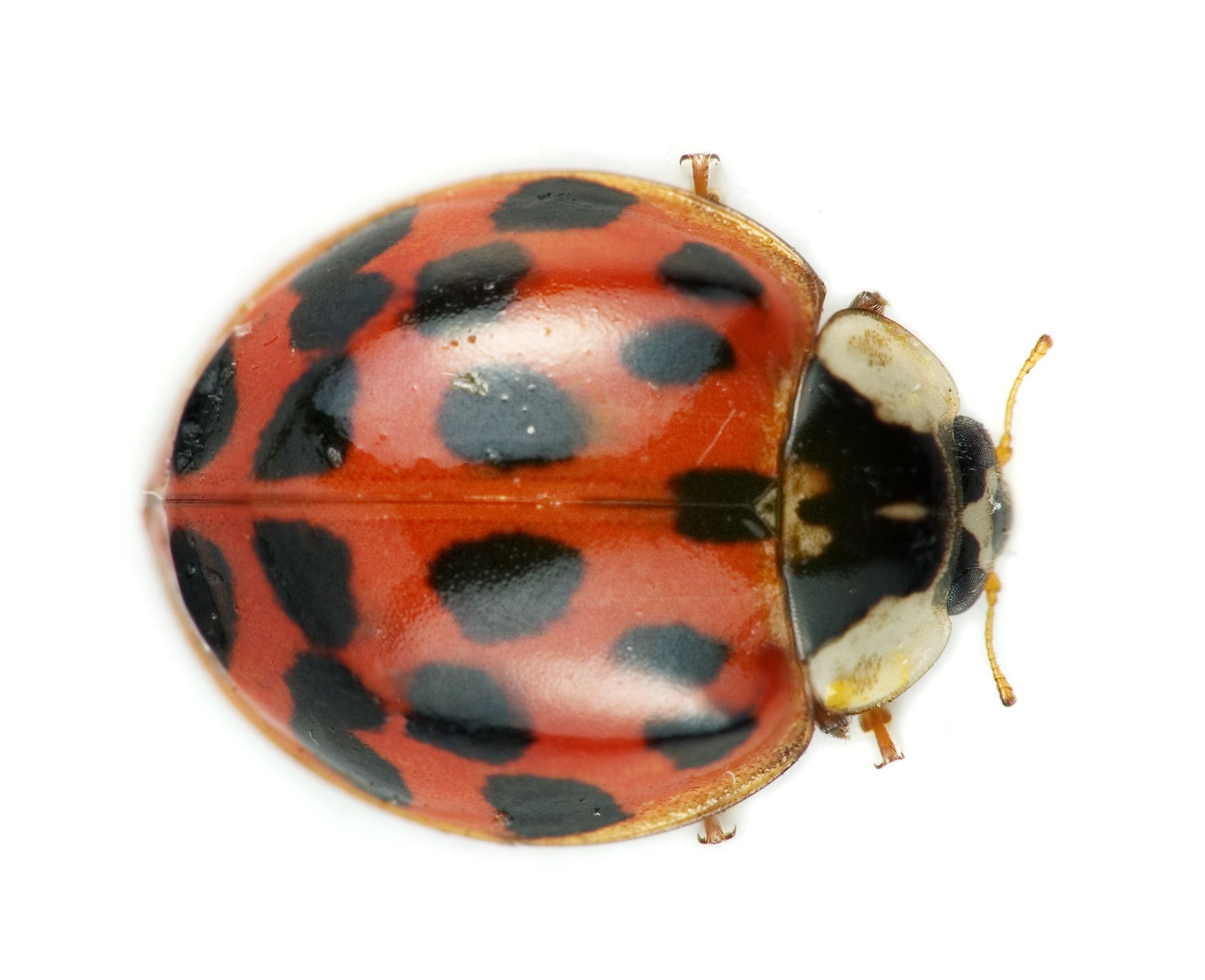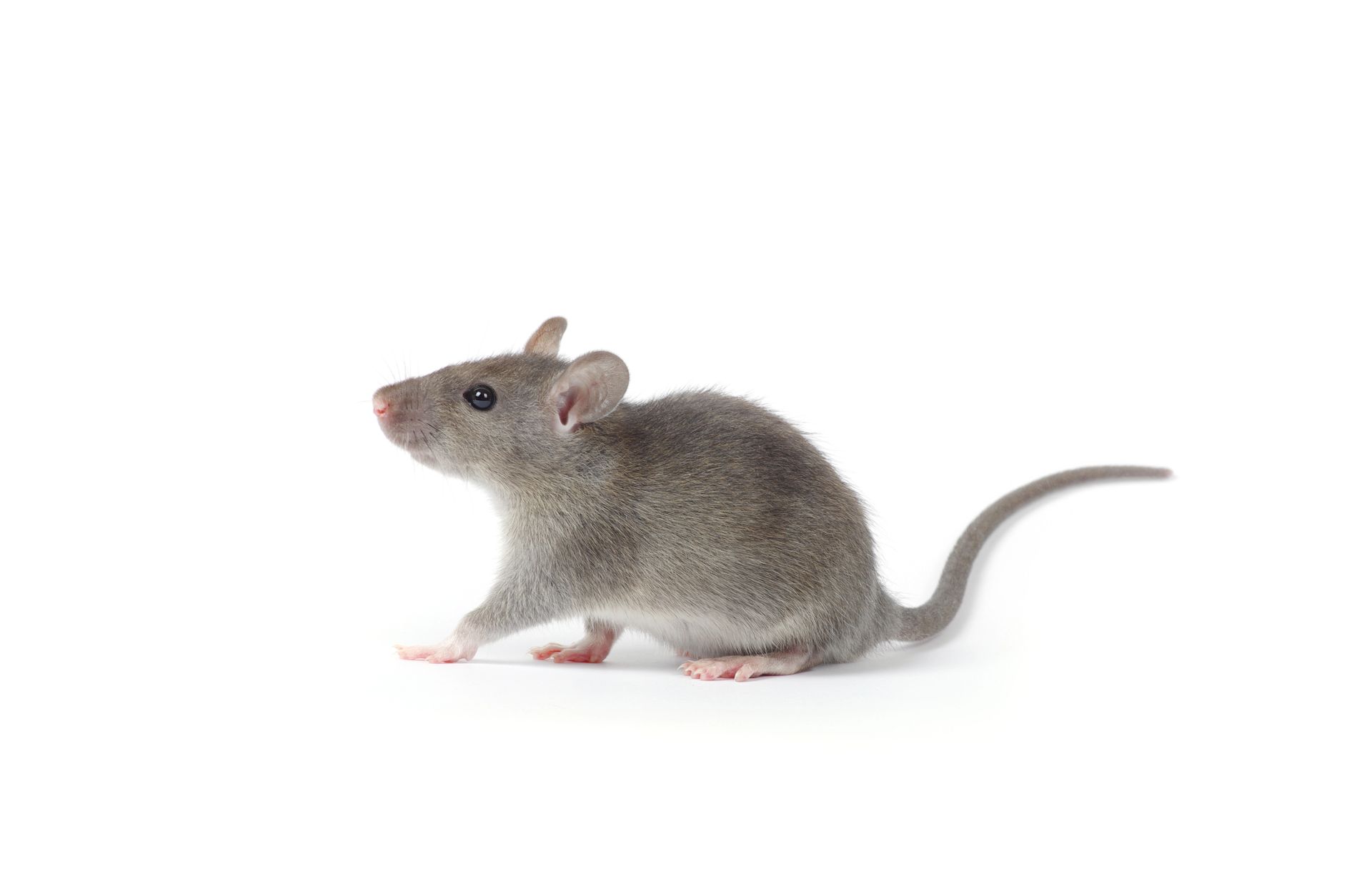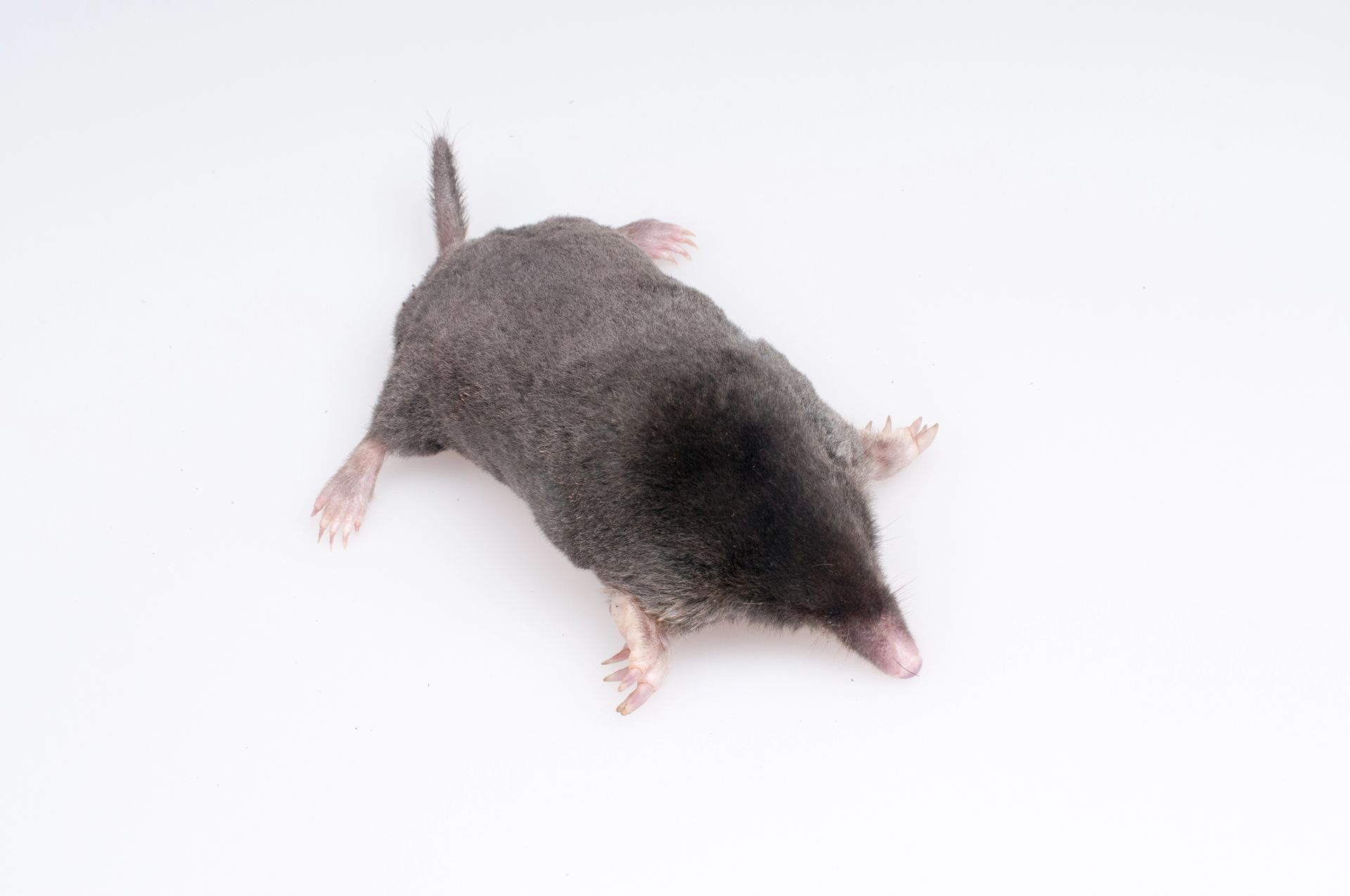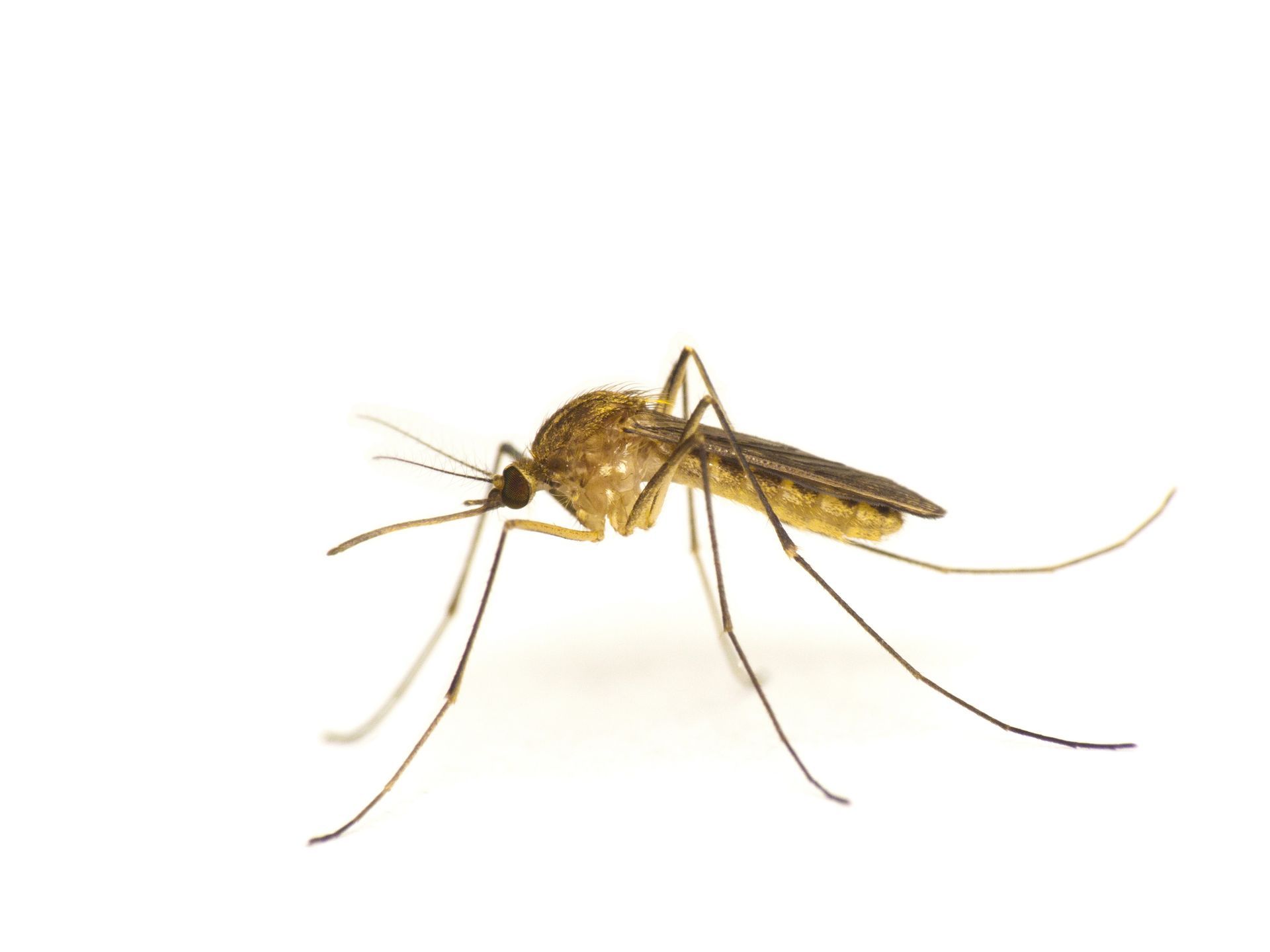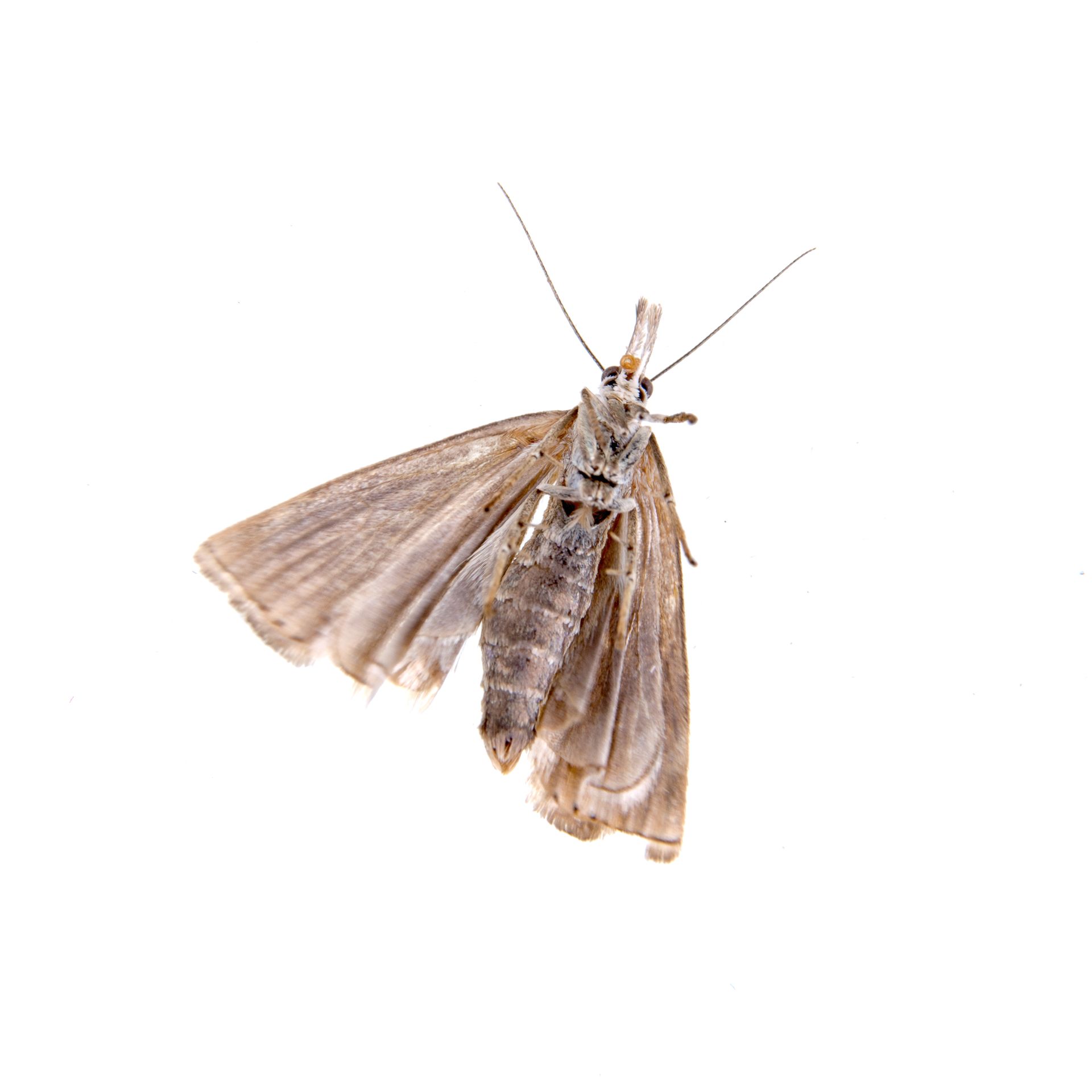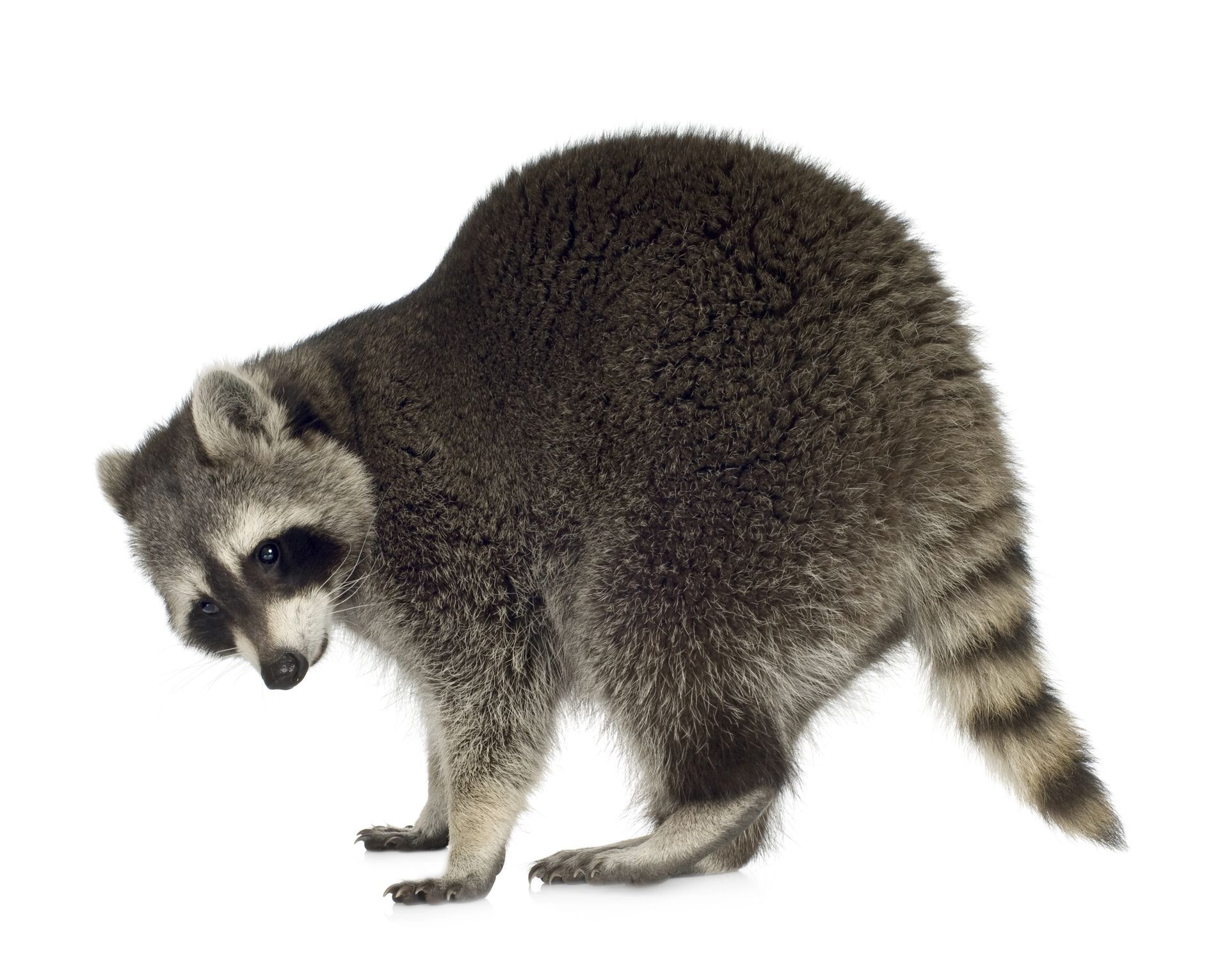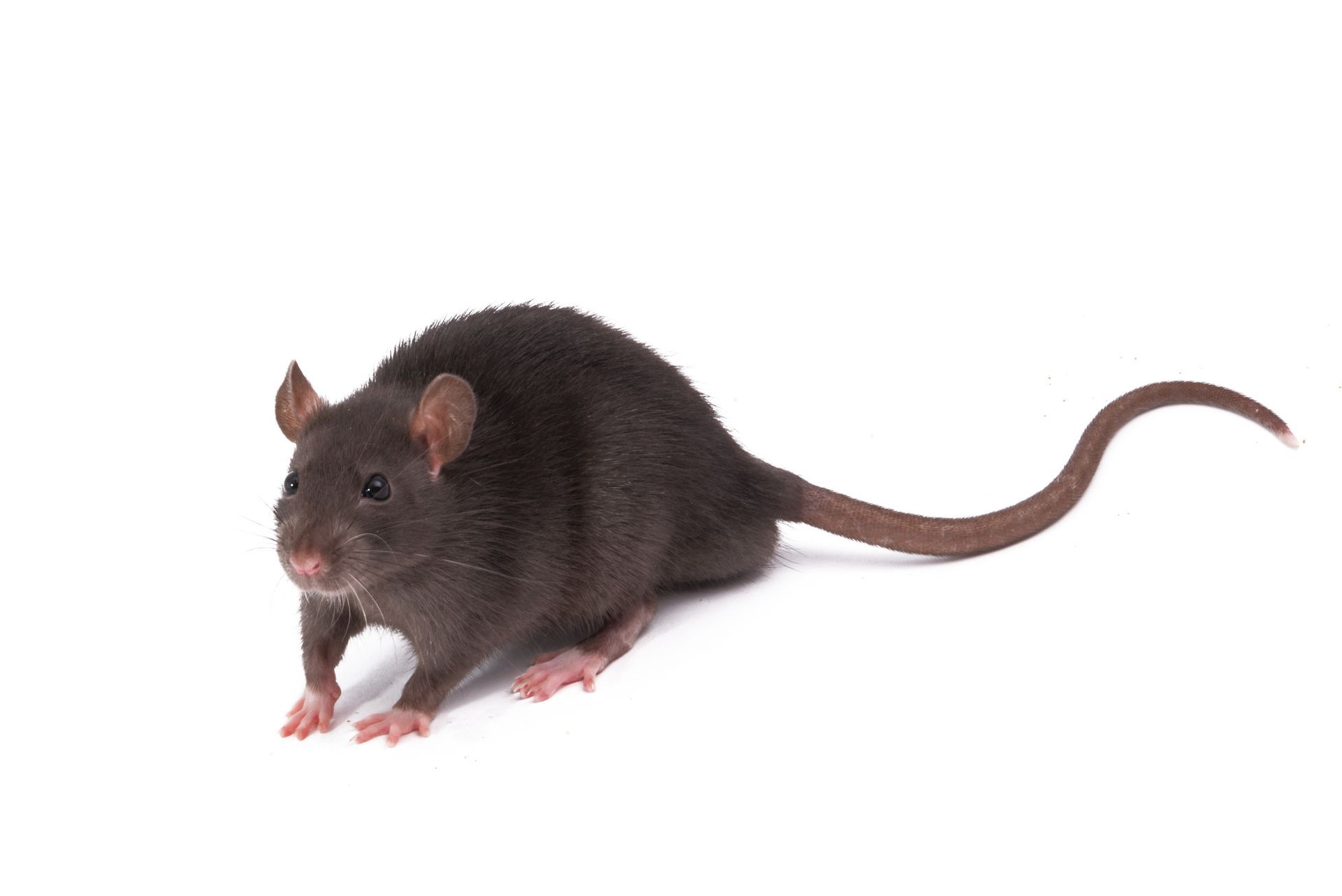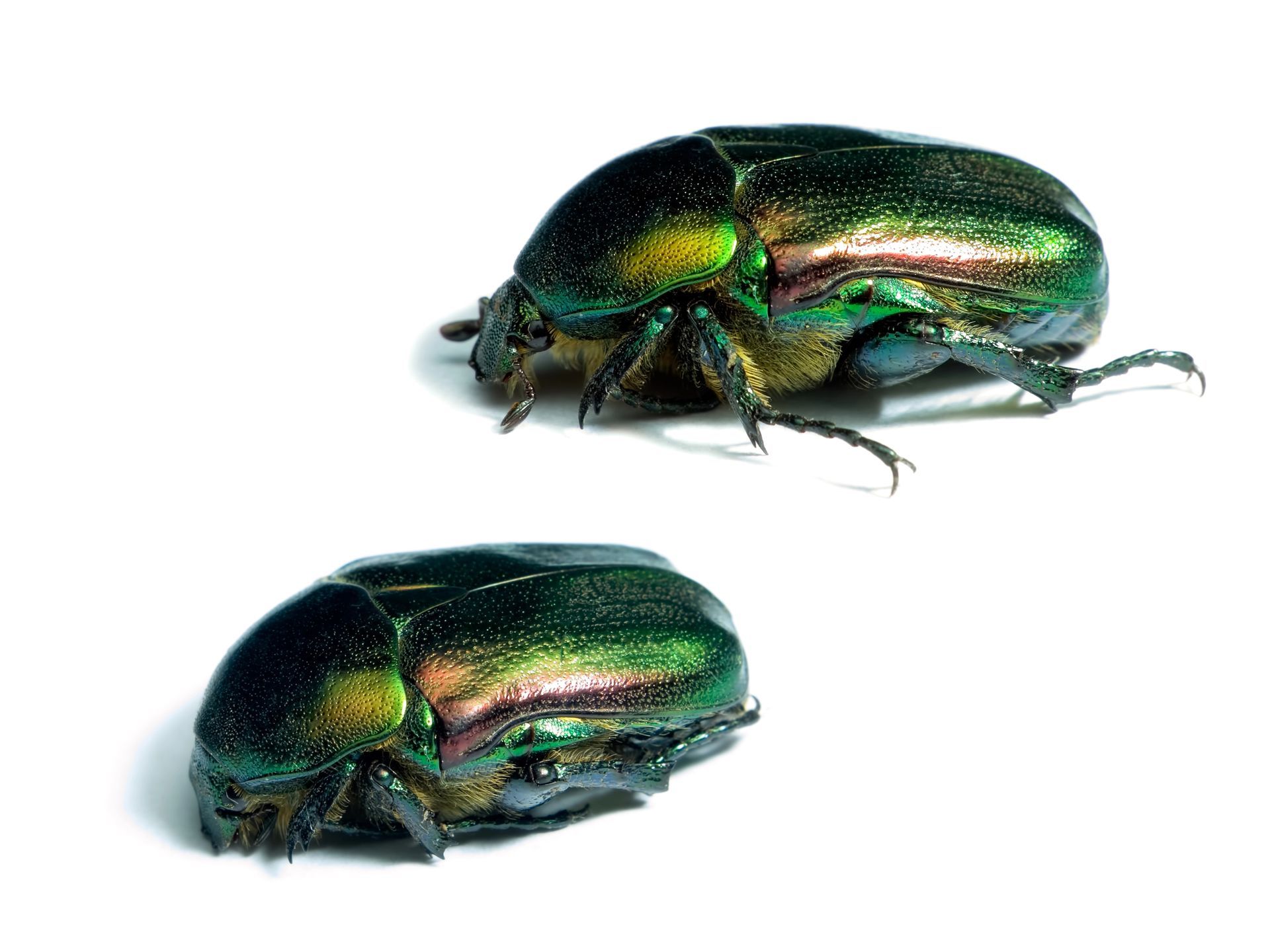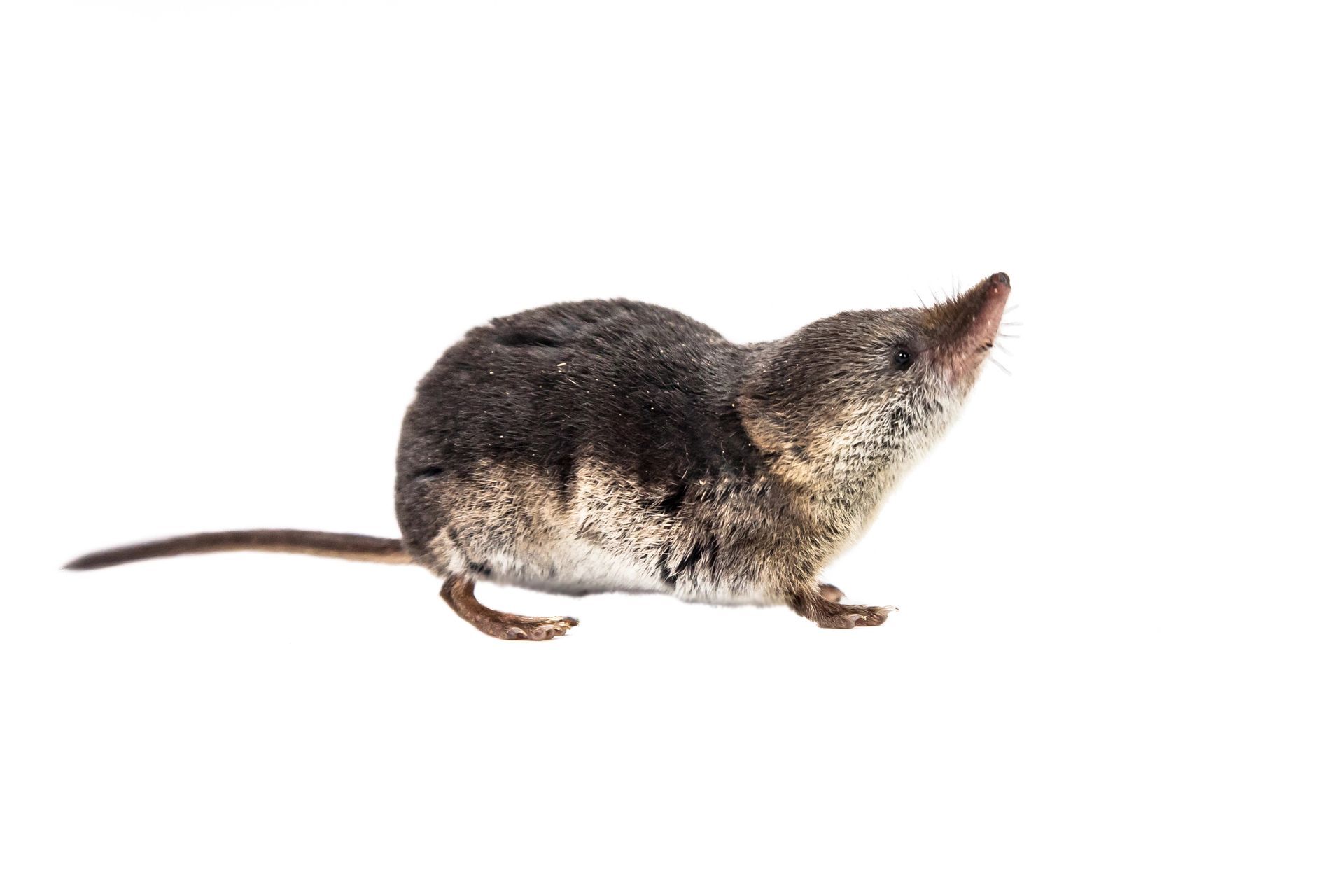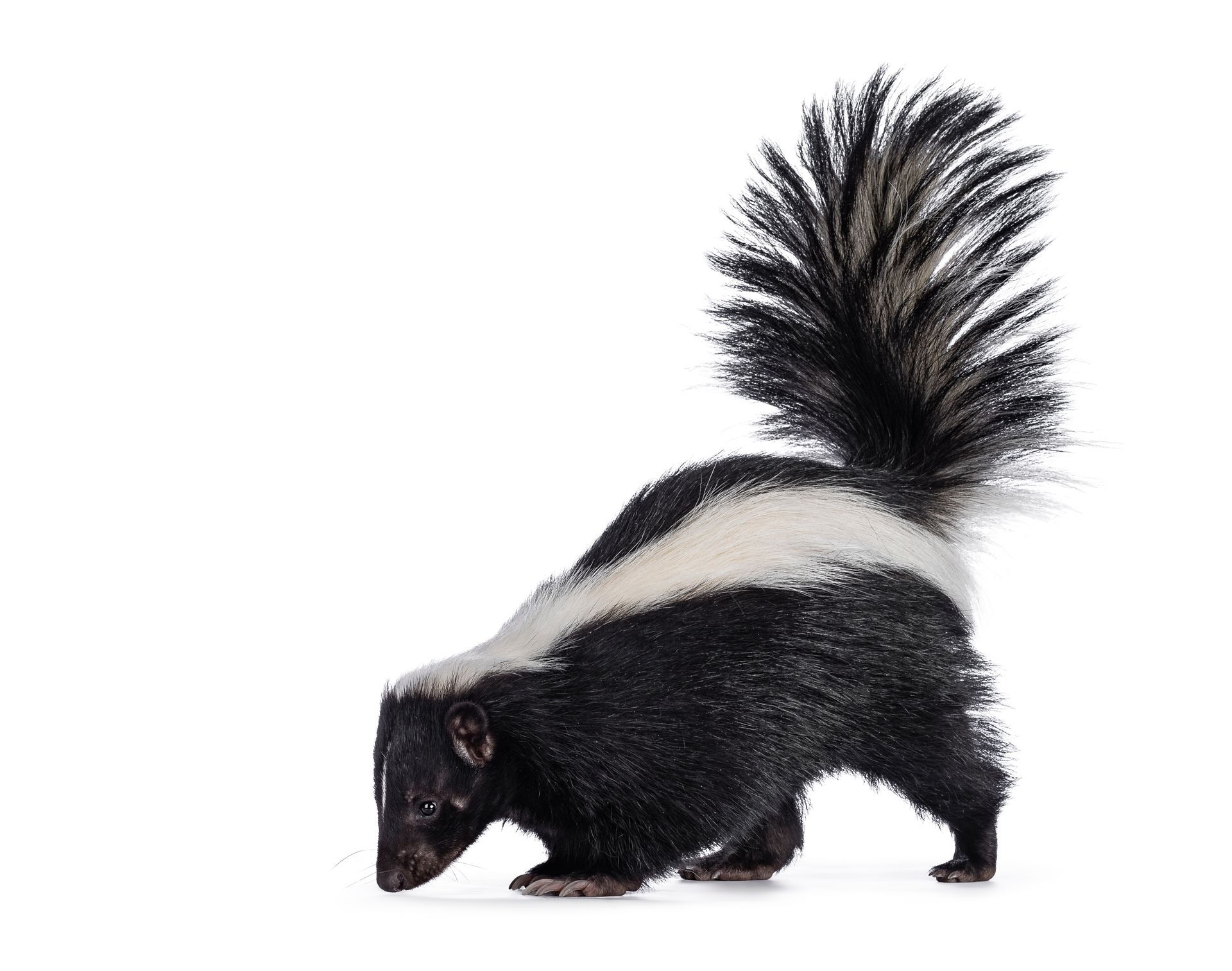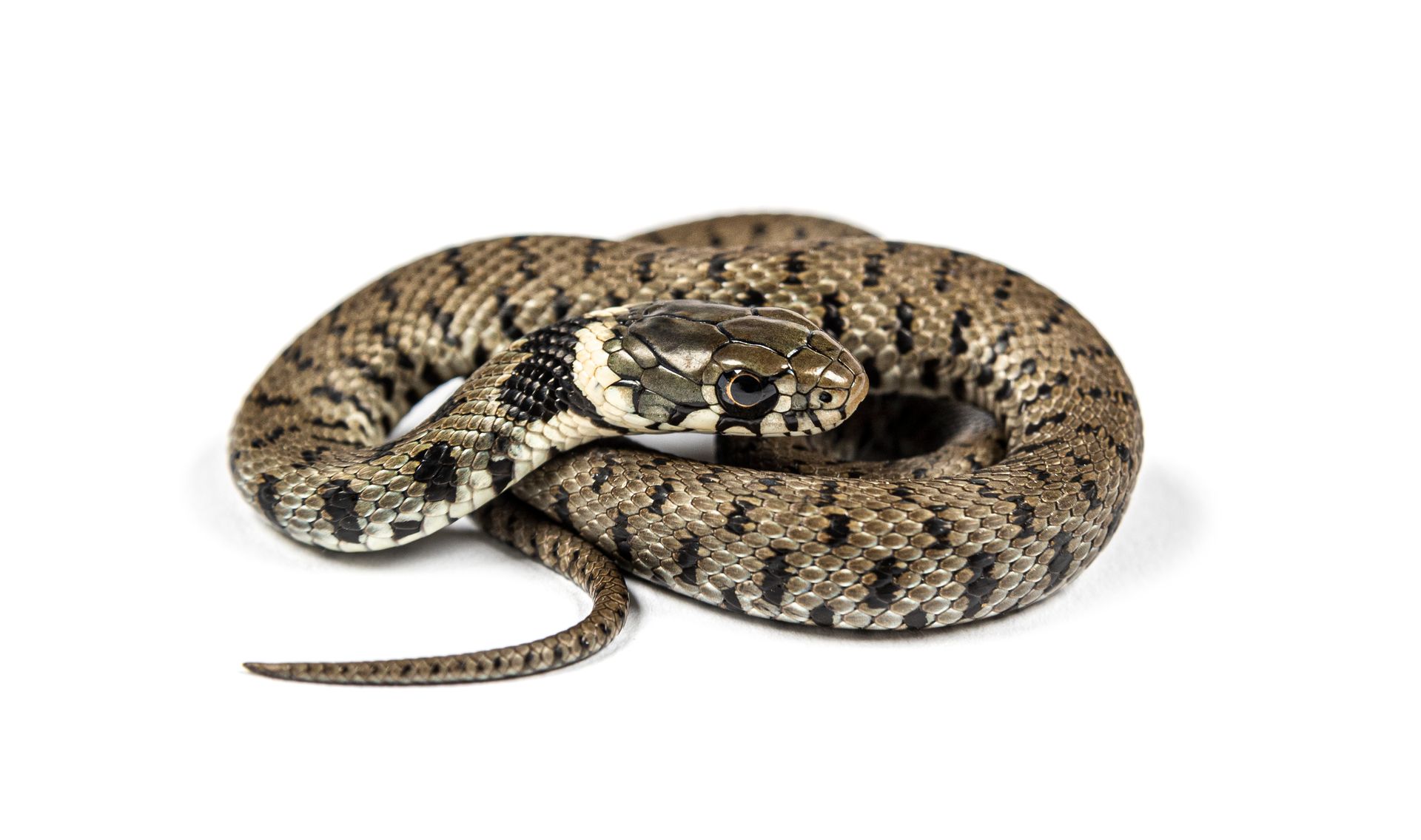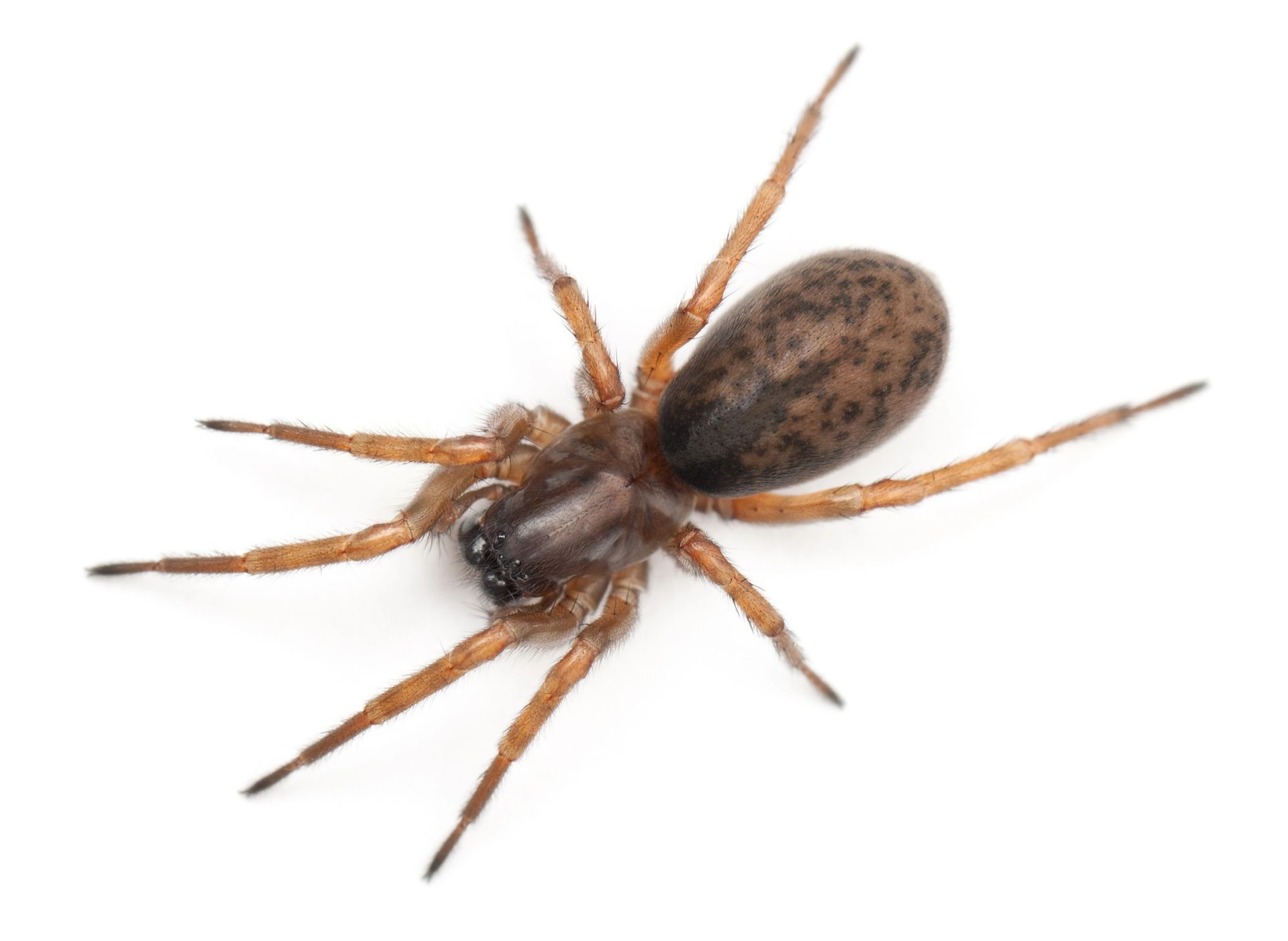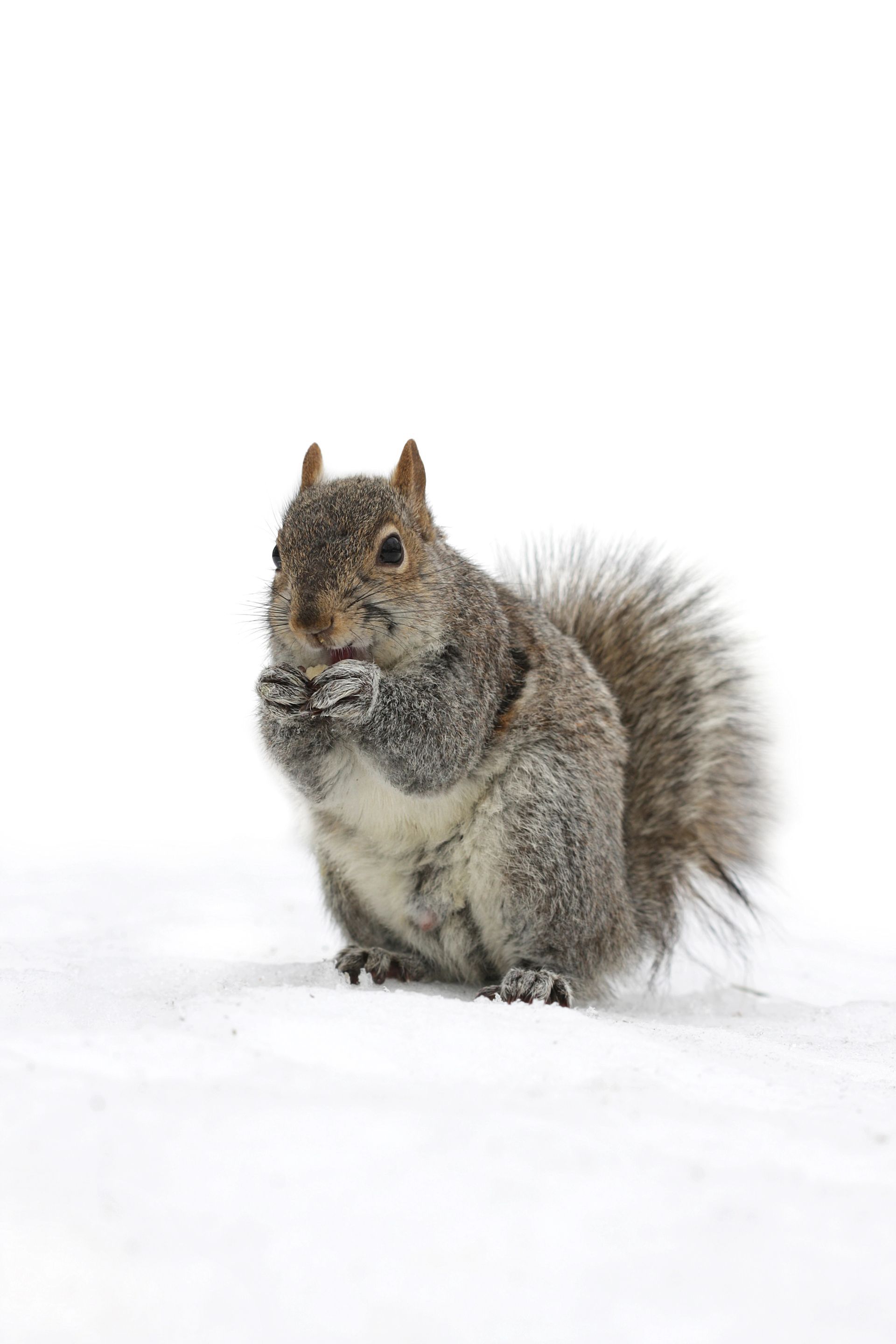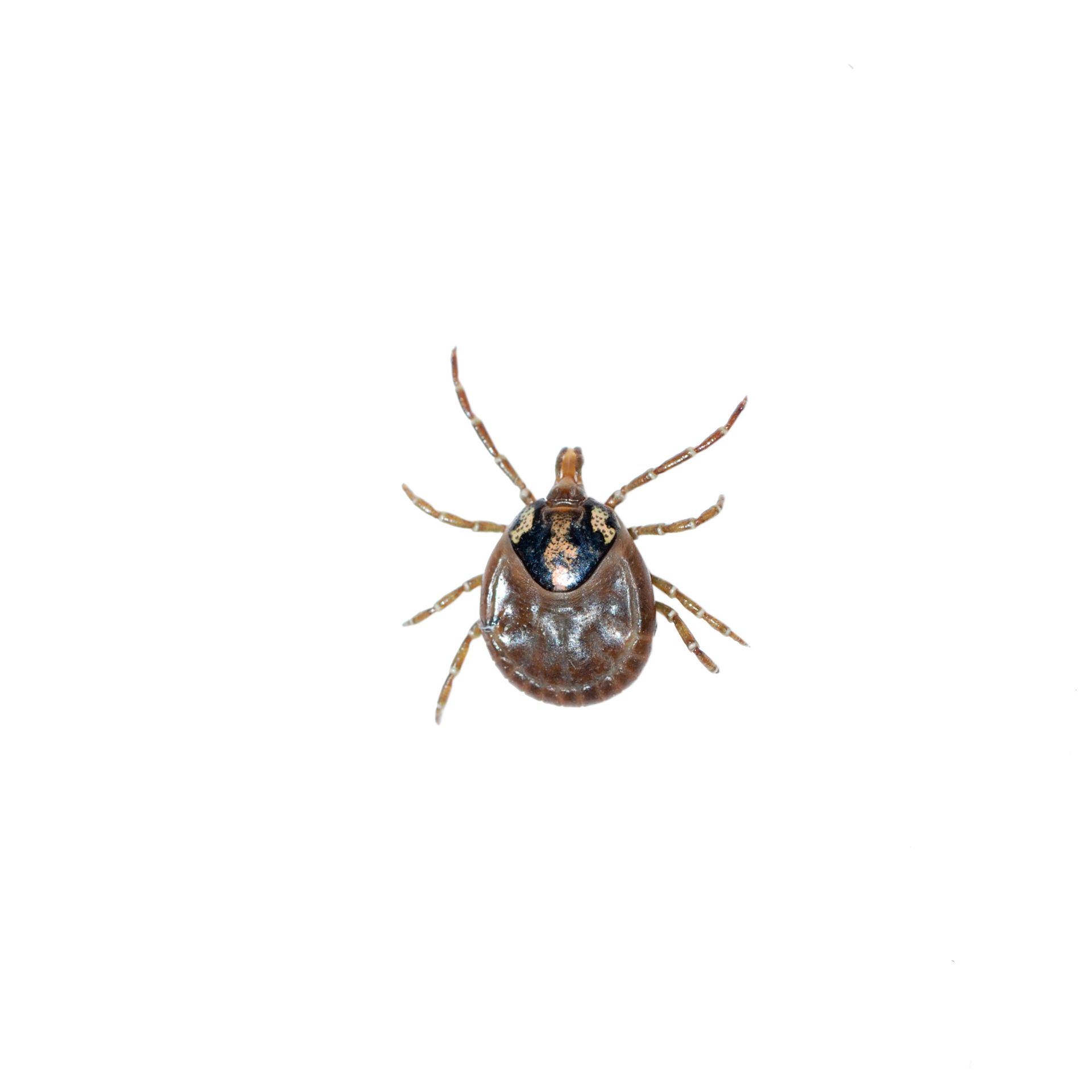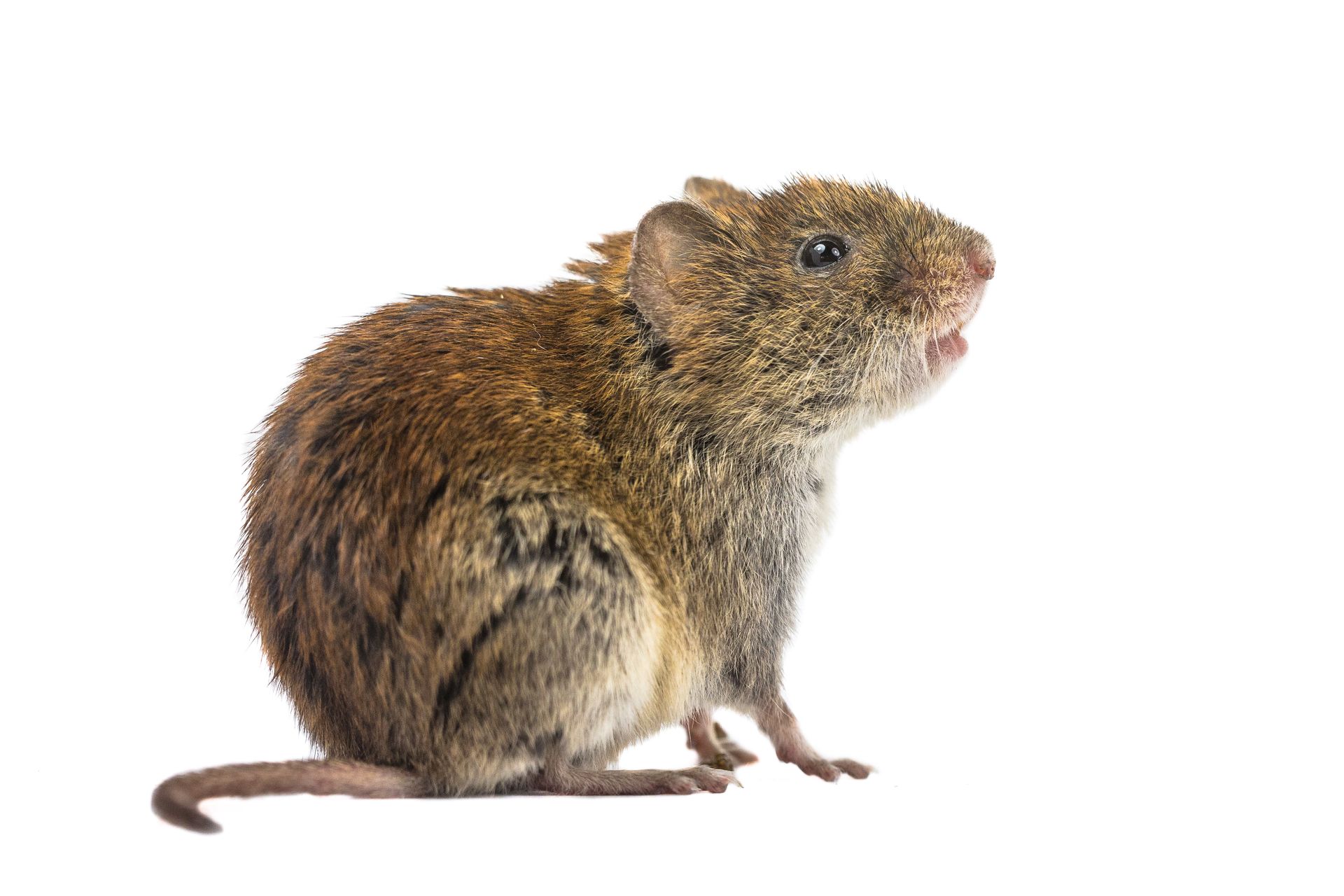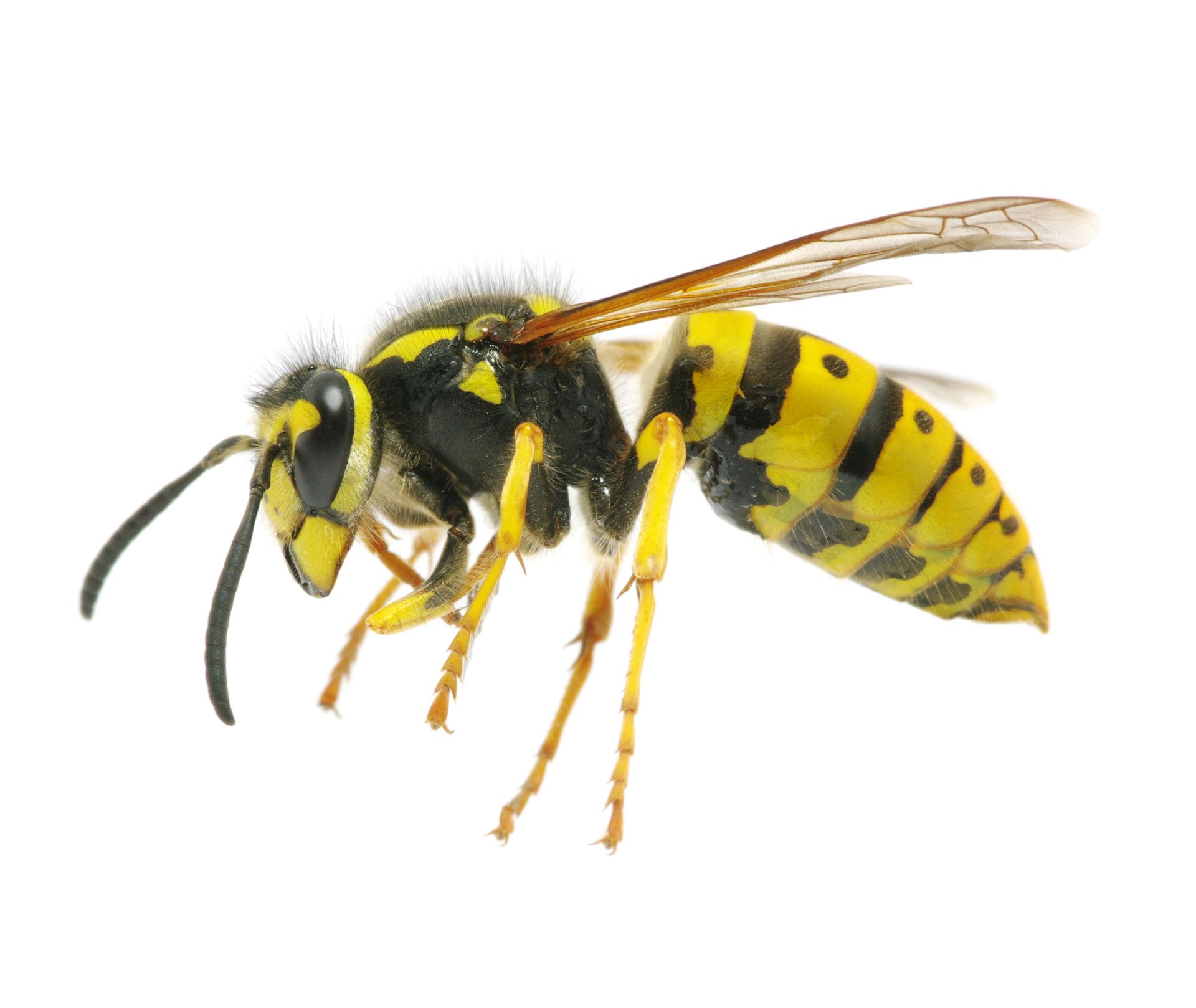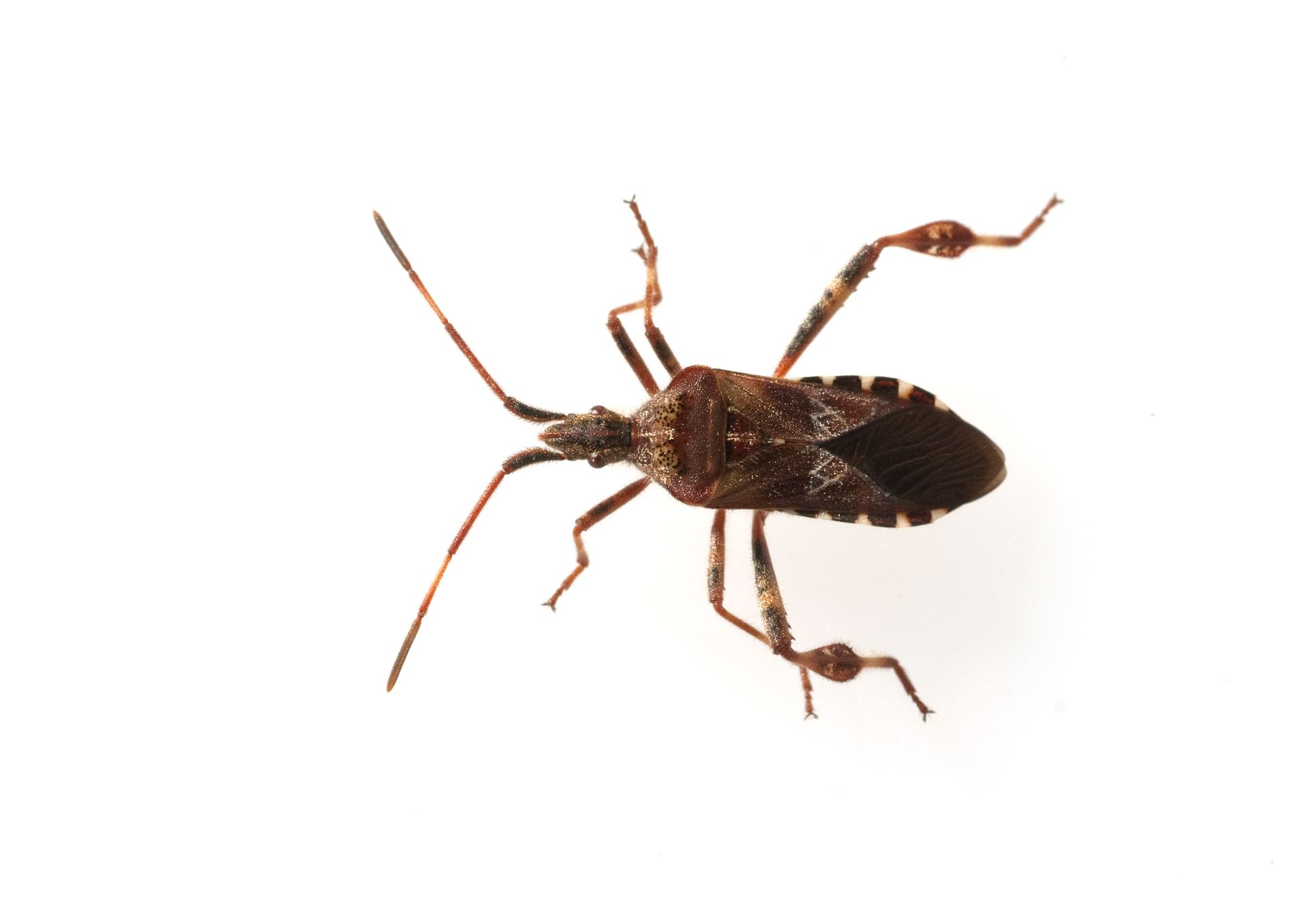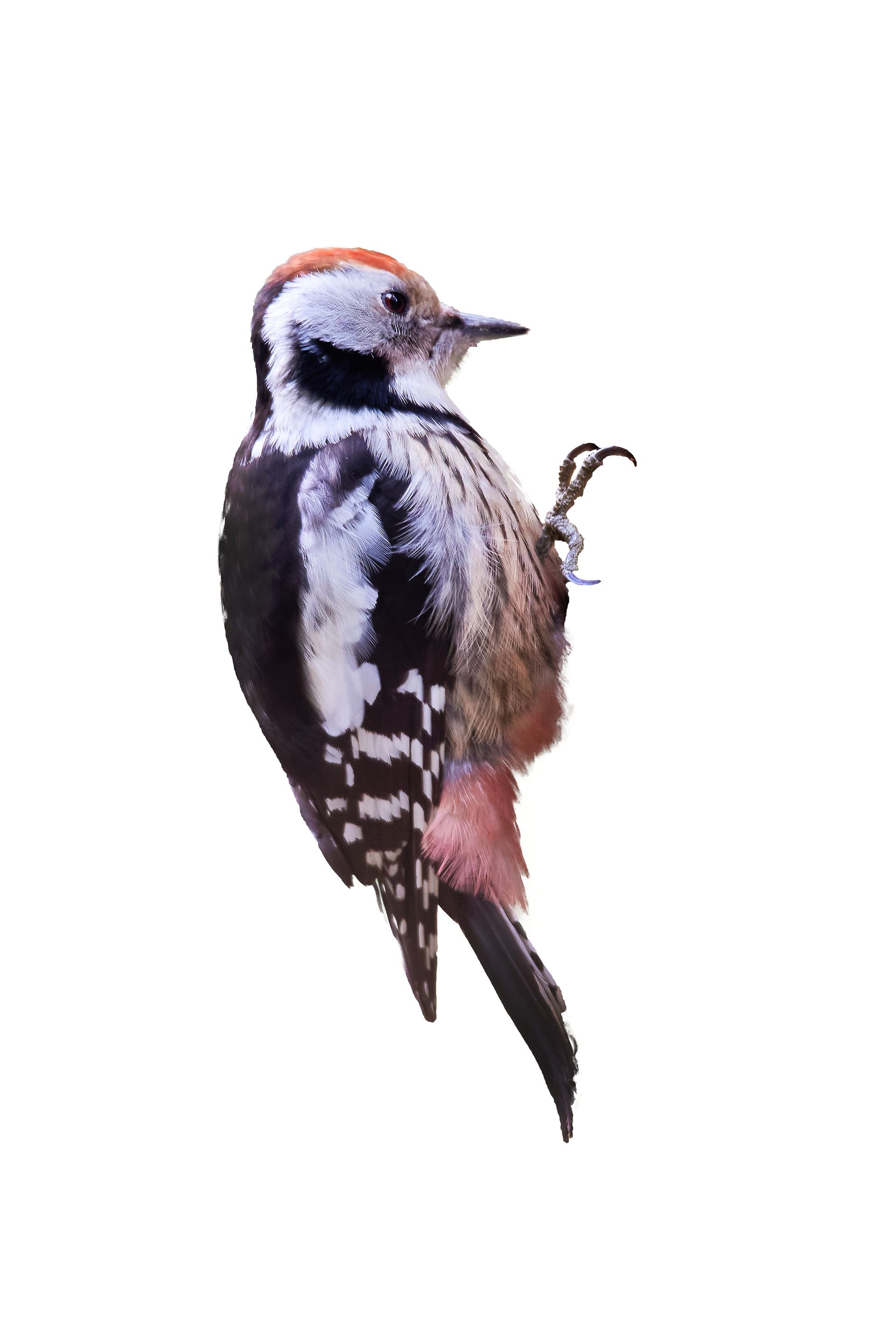Understanding Western Conifer Seed Bugs in Wisconsin
The Western Conifer Seed Bug (Leptoglossus occidentalis) is a common insect found in Wisconsin, especially during the fall and winter months when they seek shelter indoors. While these bugs do not pose direct harm to humans, their presence in homes and buildings can be a nuisance. Understanding where Western Conifer Seed Bugs are typically found, what attracts them to indoor environments, and why they are unsuitable for homes and buildings is essential for effective management and prevention.
Characteristics and Habitats of Western Conifer Seed Bugs
The Western Conifer Seed Bug is a member of the leaf-footed bug family and is recognized by its distinct appearance:
Size: About 3/4 inch long.
Color: Brownish with a flattened, leaf-like expansion on the hind legs.
Markings: White zigzag pattern across the midpoint of its back.
Western Conifer Seed Bugs are typically found in:
Outdoors:
Coniferous Trees: They are commonly found on coniferous trees such as pine, spruce, and fir, where they feed on the seeds and developing cones.
Forests and Woodlands: These bugs thrive in forested areas with an abundance of coniferous trees.
Gardens and Yards: They may also be found in residential gardens and yards with coniferous trees or shrubs.
Indoors:
Attics and Wall Voids: Western Conifer Seed Bugs often enter homes seeking warmth and shelter, congregating in attics, wall voids, and other secluded areas.
Windows and Doors: They can be found around windows and doors, especially as they attempt to move indoors during cooler weather.
Basements and Garages: These areas provide easy access and undisturbed environments for overwintering.
Attractions in Homes and Buildings
Western Conifer Seed Bugs are attracted to homes and buildings for several reasons:
Warmth: As temperatures drop in the fall, these bugs seek out warm environments to overwinter, making homes and buildings ideal shelters.
Shelter: Homes provide protected environments where Western Conifer Seed Bugs can remain inactive and safe from predators during the winter months.
Light: They are often attracted to lights and may enter homes through cracks and gaps around windows and doors.
Why Western Conifer Seed Bugs Are Not Suitable for Homes and Buildings
While Western Conifer Seed Bugs are not harmful to humans, their presence indoors is undesirable for several reasons:
Nuisance:
Invasion: Large numbers of these bugs can invade homes, particularly in the fall, creating an unpleasant and distressing situation for residents.
Odor: When disturbed or crushed, Western Conifer Seed Bugs emit a strong, unpleasant odor that can permeate indoor spaces.
Noise: Their movement and buzzing sound can be irritating, especially when they fly around indoor lights.
Property Damage:
Staining: The bugs can leave brownish stains on walls, curtains, and other surfaces if they are squashed or handled roughly.
Indoor Comfort:
Discomfort: The presence of these bugs can make living spaces uncomfortable, as they may appear unexpectedly in living areas, kitchens, and bathrooms.
Prevention and Control
To prevent and control Western Conifer Seed Bug infestations in homes and buildings, consider the following strategies:
Seal Entry Points:
Caulk Cracks and Gaps: Inspect and seal any cracks and gaps around windows, doors, vents, and foundations to prevent bugs from entering.
Install Screens: Ensure that windows and doors are equipped with screens to block entry.
Reduce Attraction:
Outdoor Lighting: Minimize the use of outdoor lighting during the fall to reduce attraction. Use yellow or sodium vapor lights, which are less attractive to insects.
Trim Vegetation: Keep vegetation, especially coniferous trees and shrubs, trimmed and away from the house to reduce the likelihood of bugs migrating indoors.
Indoor Management:
Vacuuming: Use a vacuum cleaner to remove any bugs that have entered the home. Dispose of the vacuum bag promptly to prevent odors.
Sticky Traps: Place sticky traps near windows and doors to capture bugs attempting to enter.
Professional Pest Control:
Inspection and Treatment: For severe infestations, contact a professional pest control service like BugBoss The X-Terminator for comprehensive management. Professionals can identify entry points and apply targeted treatments.
Ongoing Prevention: Regular follow-up treatments and inspections help ensure that Western Conifer Seed Bugs do not return.
Understanding the habits and risks associated with Western Conifer Seed Bugs in Wisconsin is crucial for keeping your home or building free from these pests. If you suspect a problem, taking swift action can prevent further issues and ensure a comfortable living environment. Trust BugBoss The X-Terminator to provide expert advice and effective Western Conifer Seed Bug control solutions tailored to your needs.
Local Pests & Wildlife in Wisconsin

